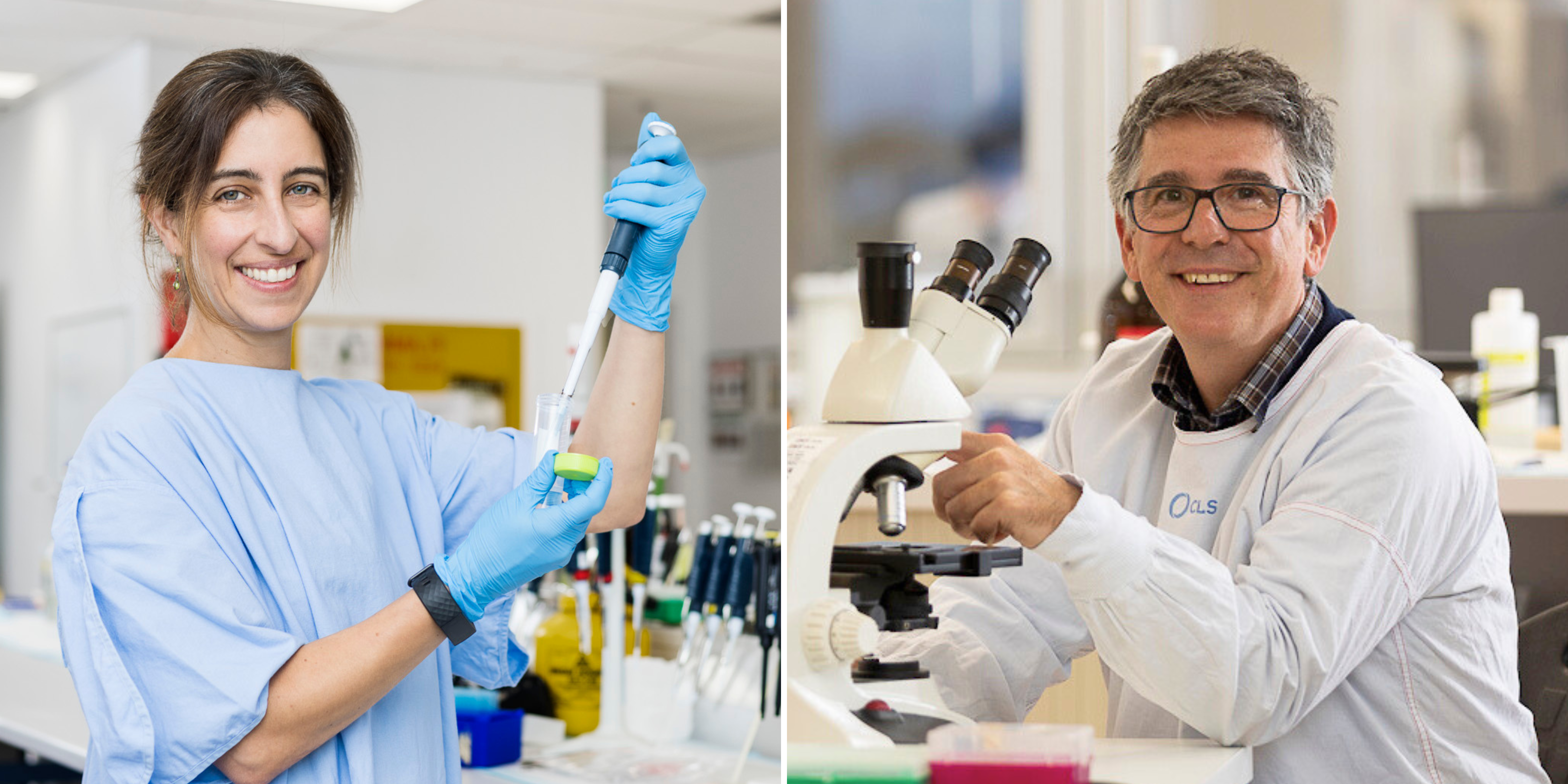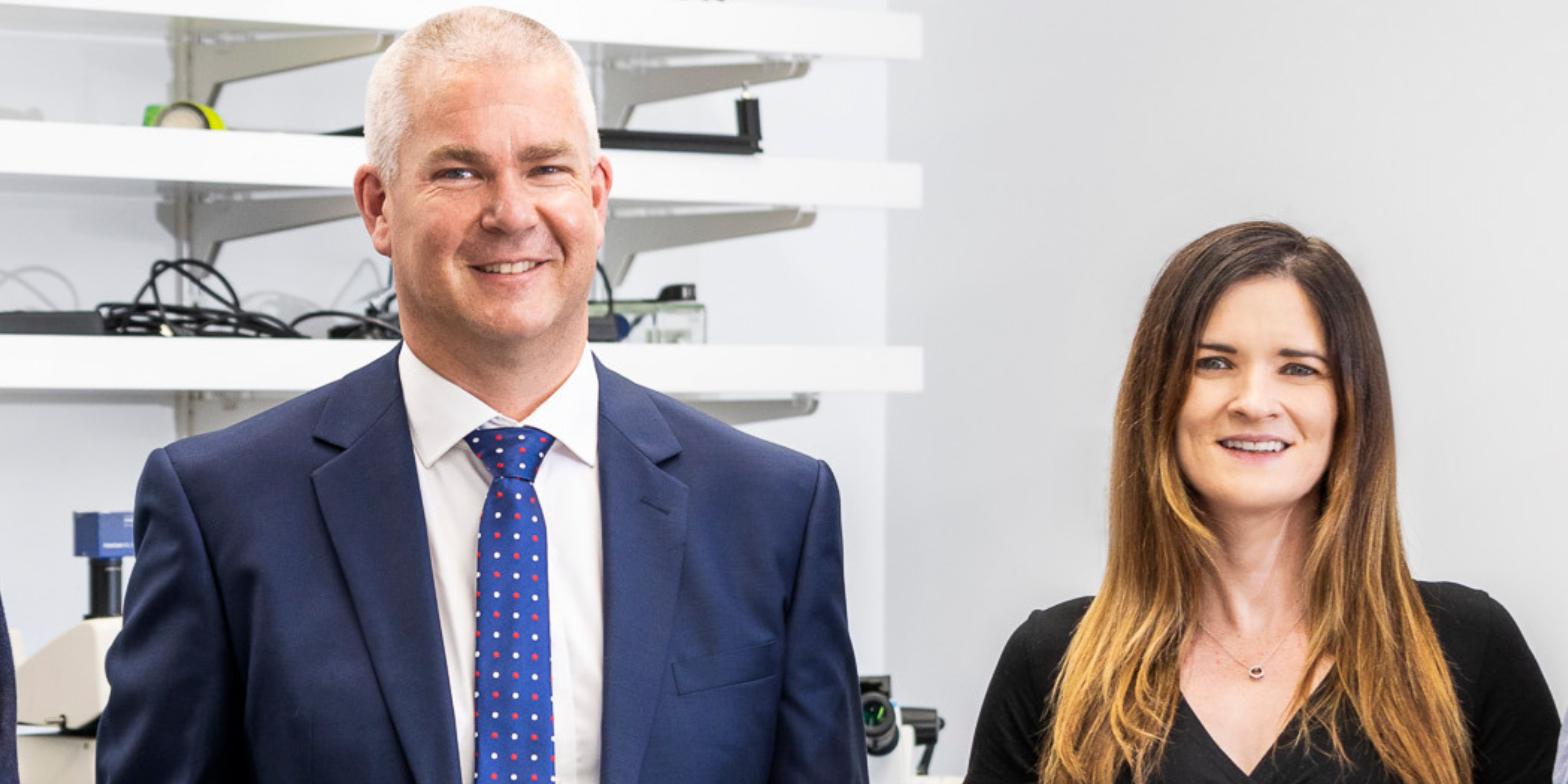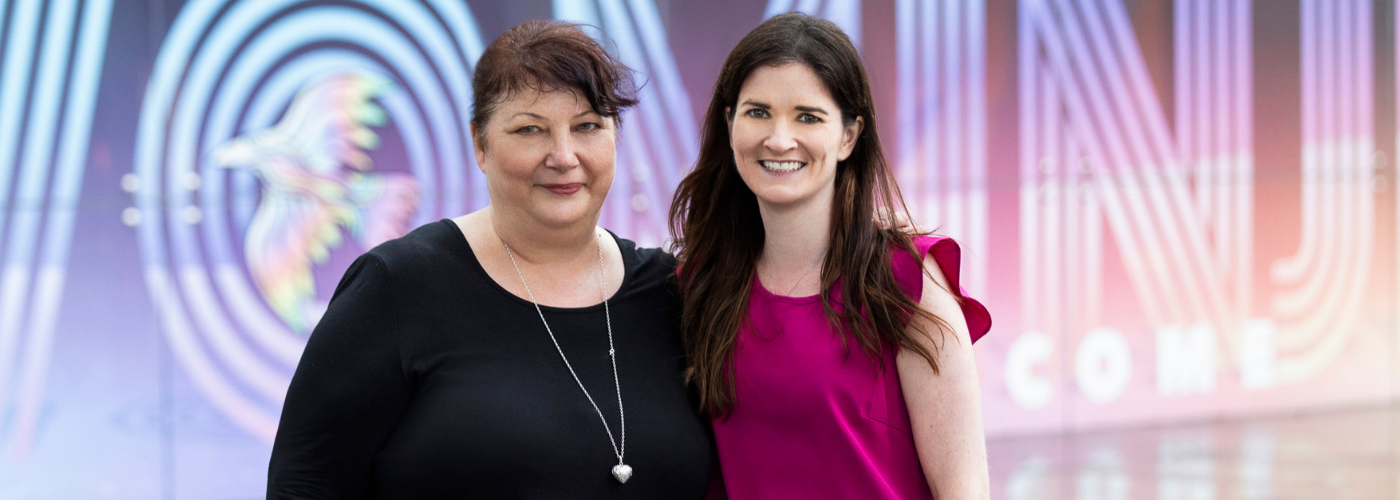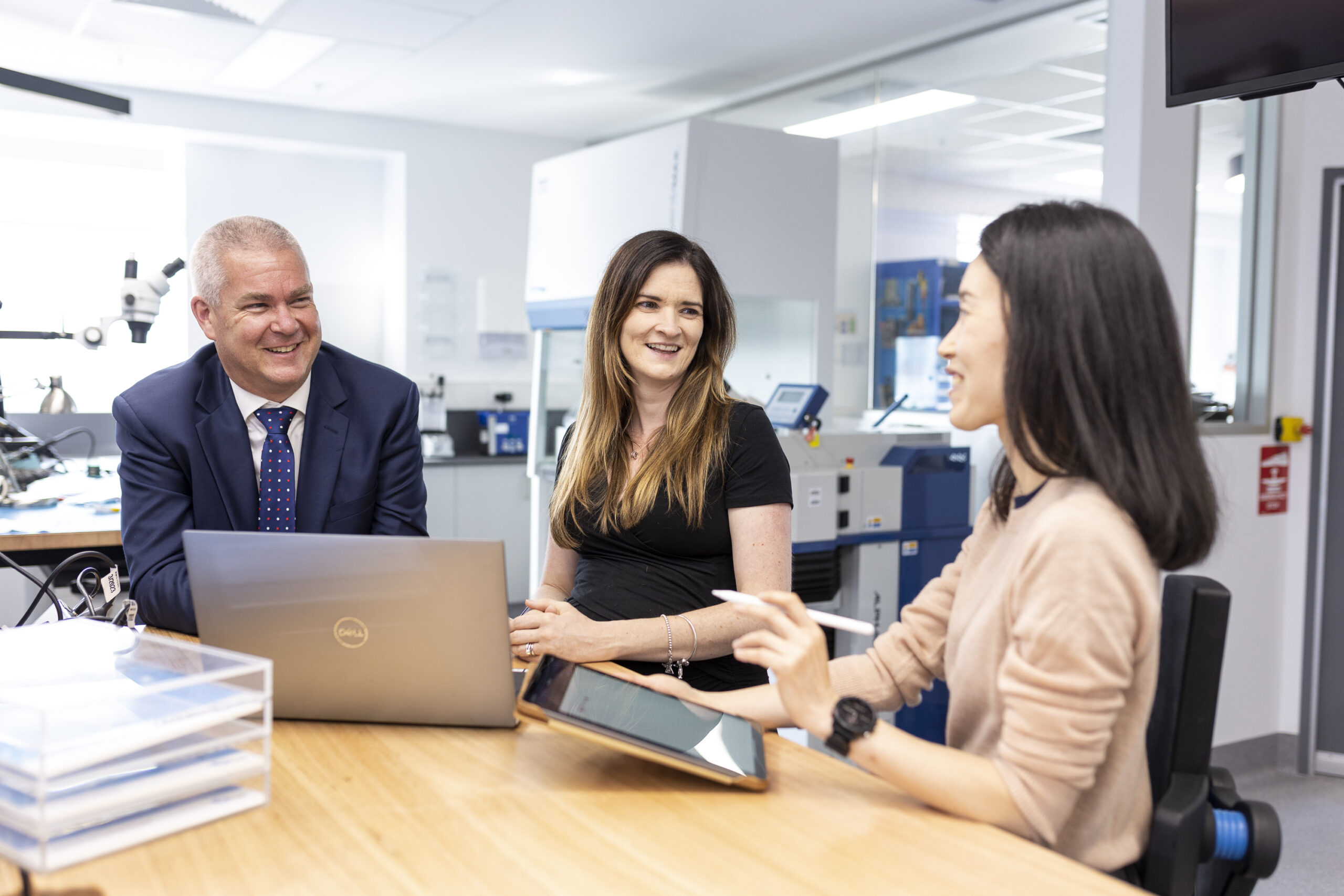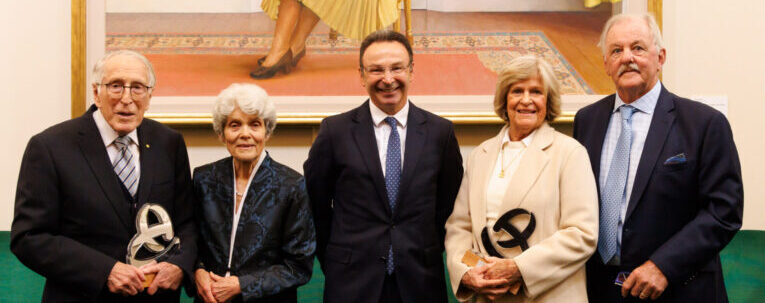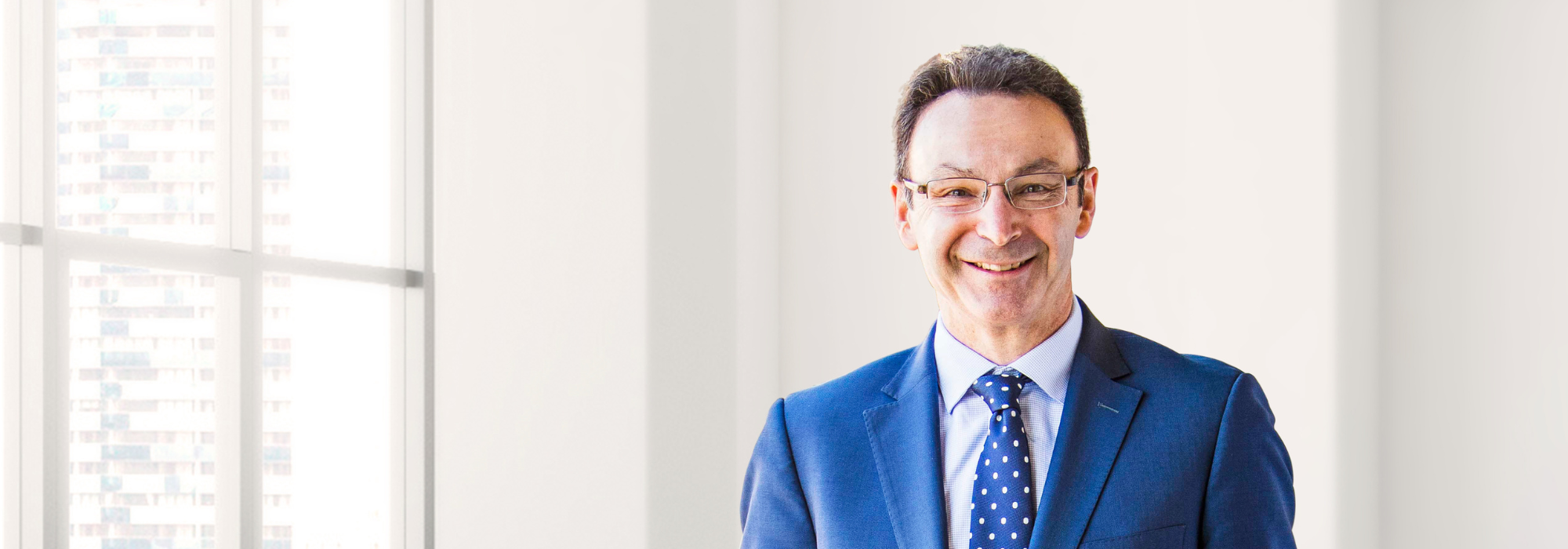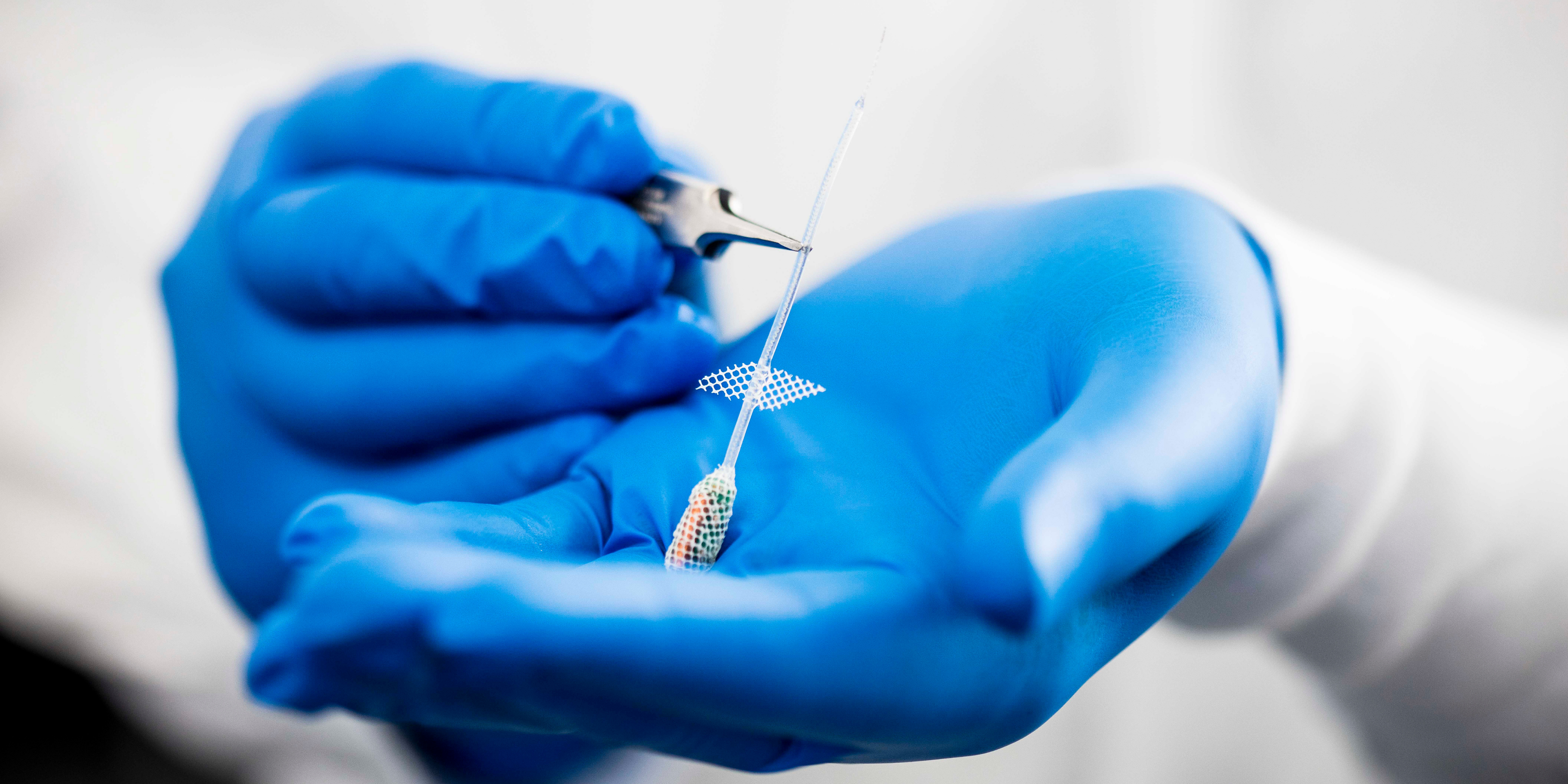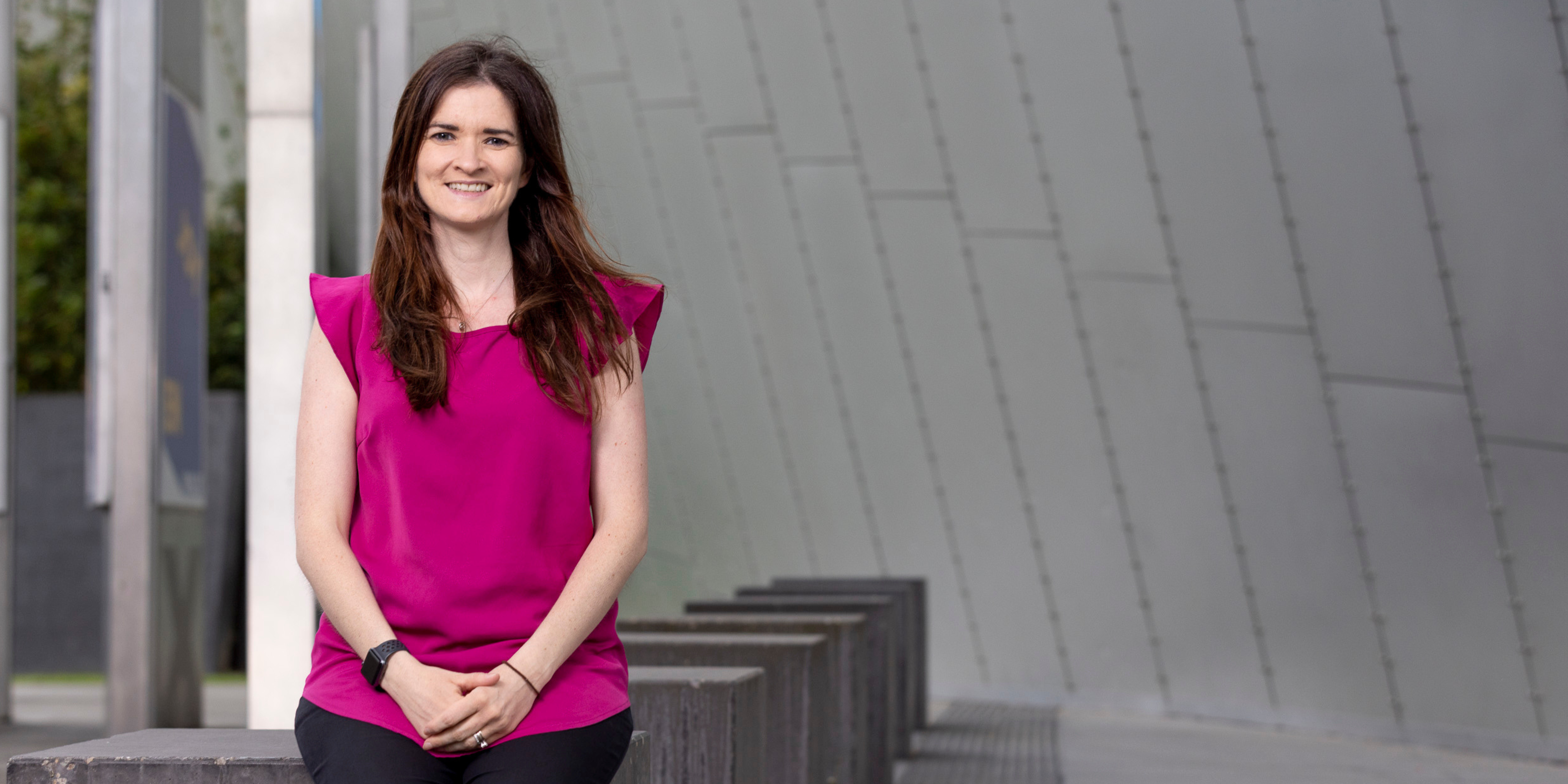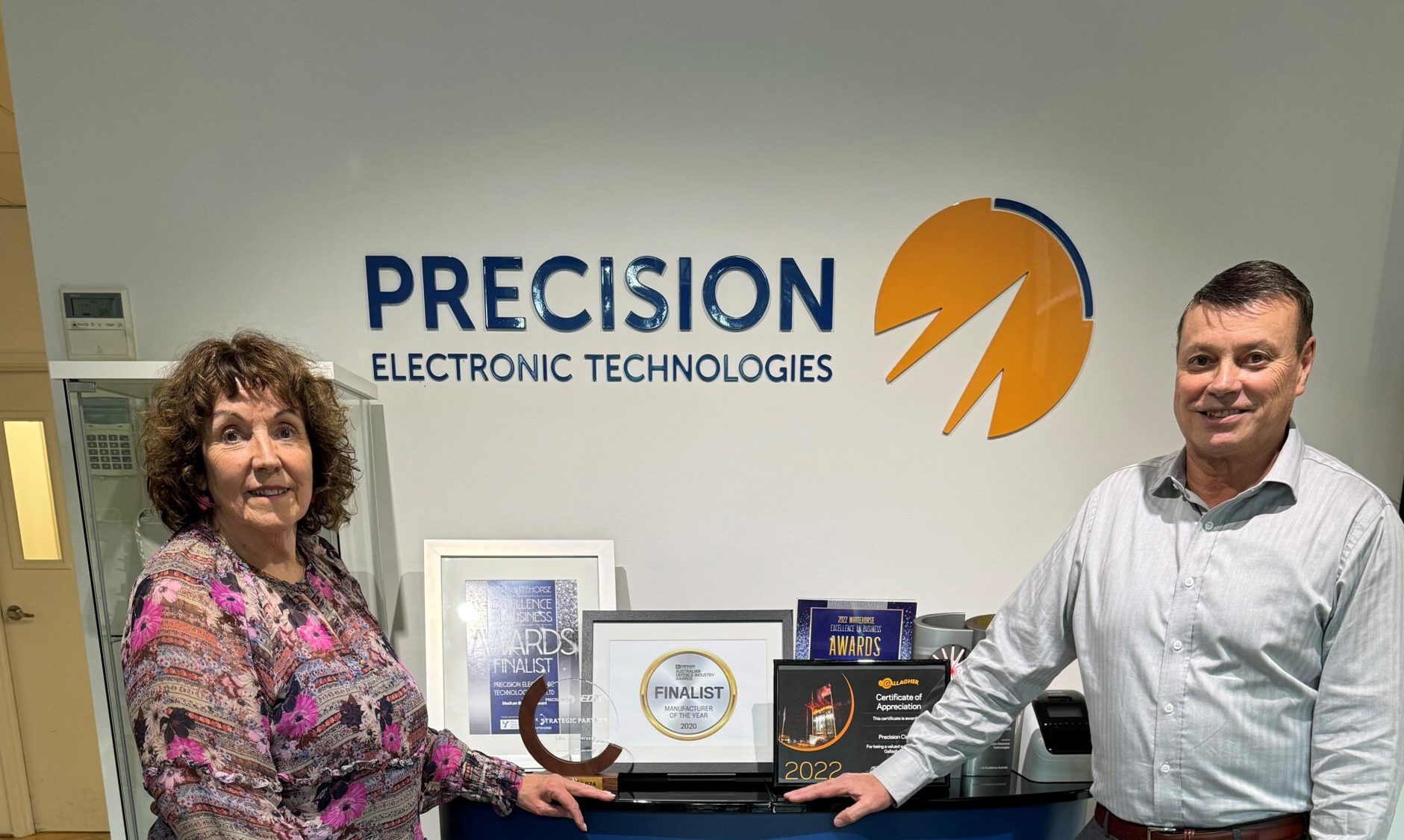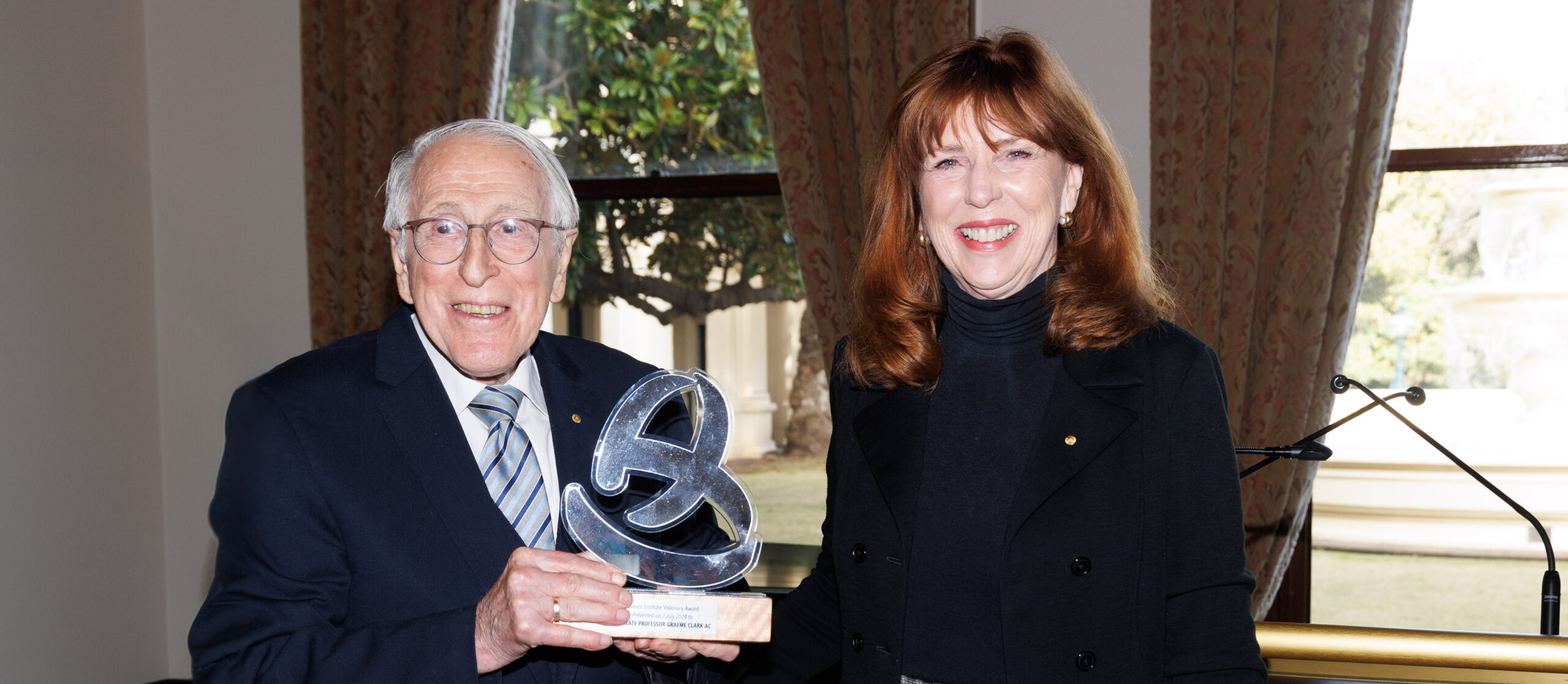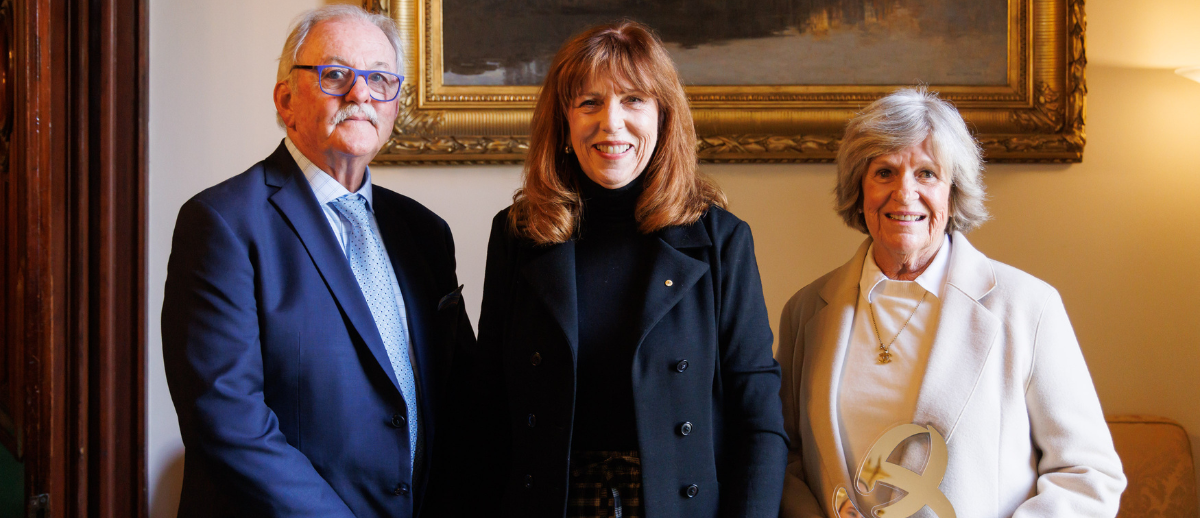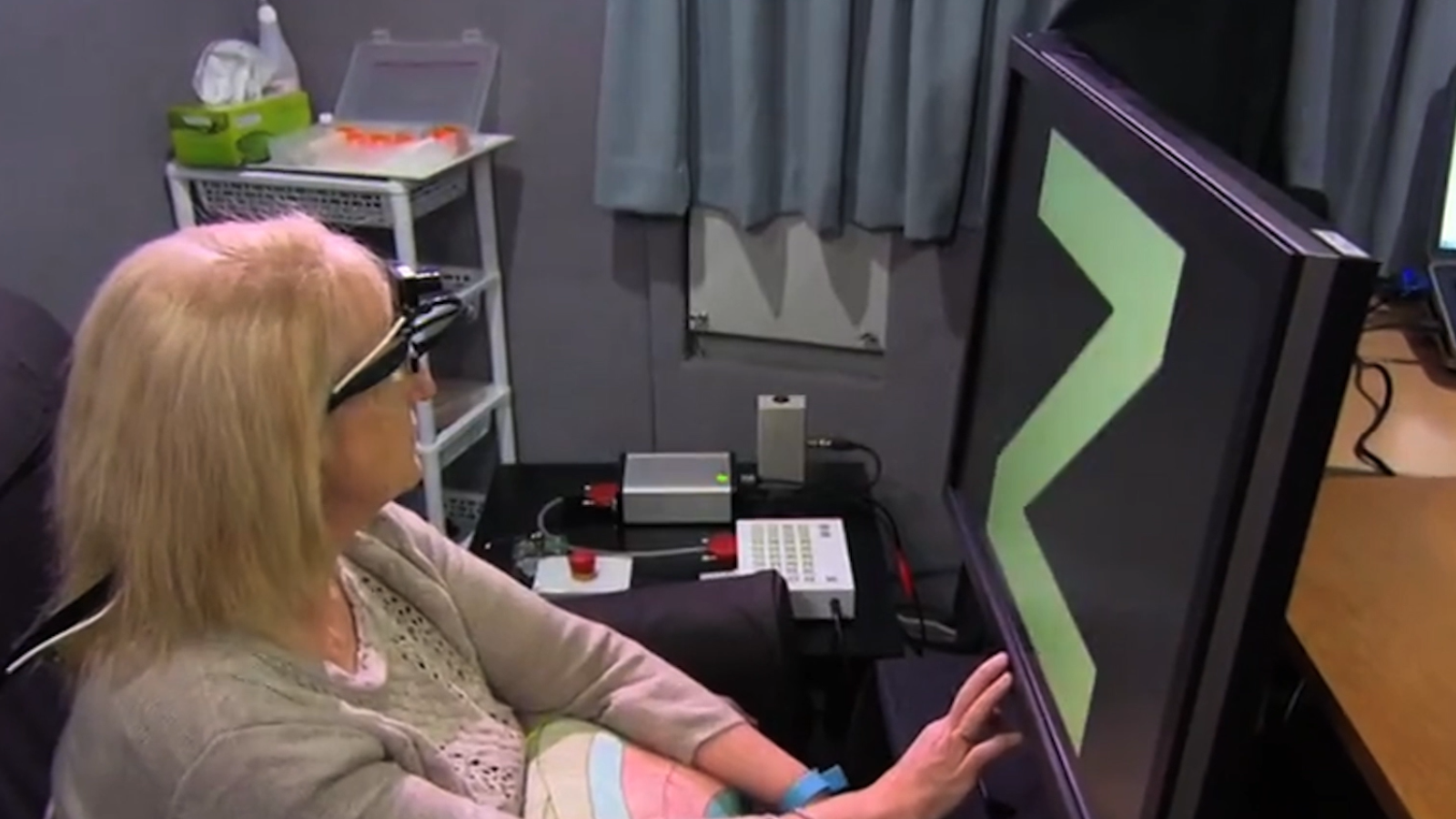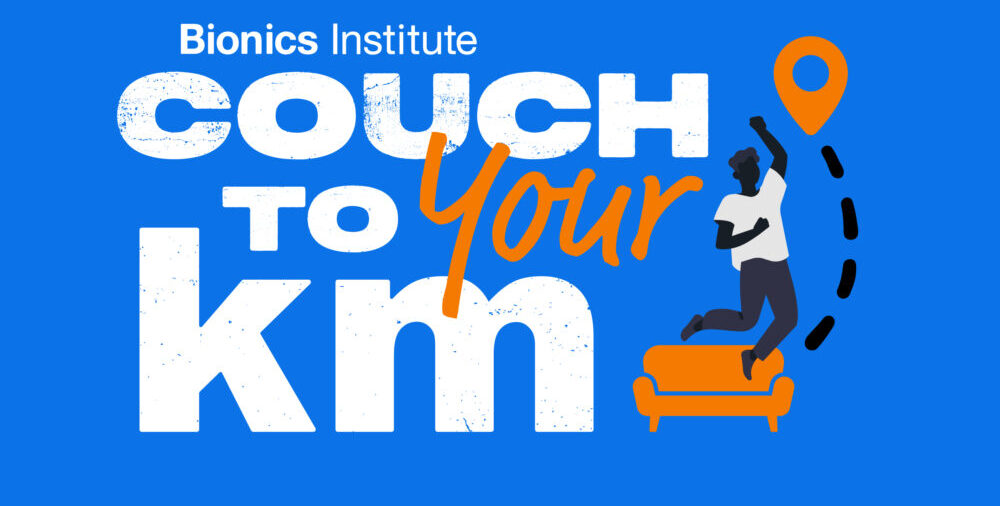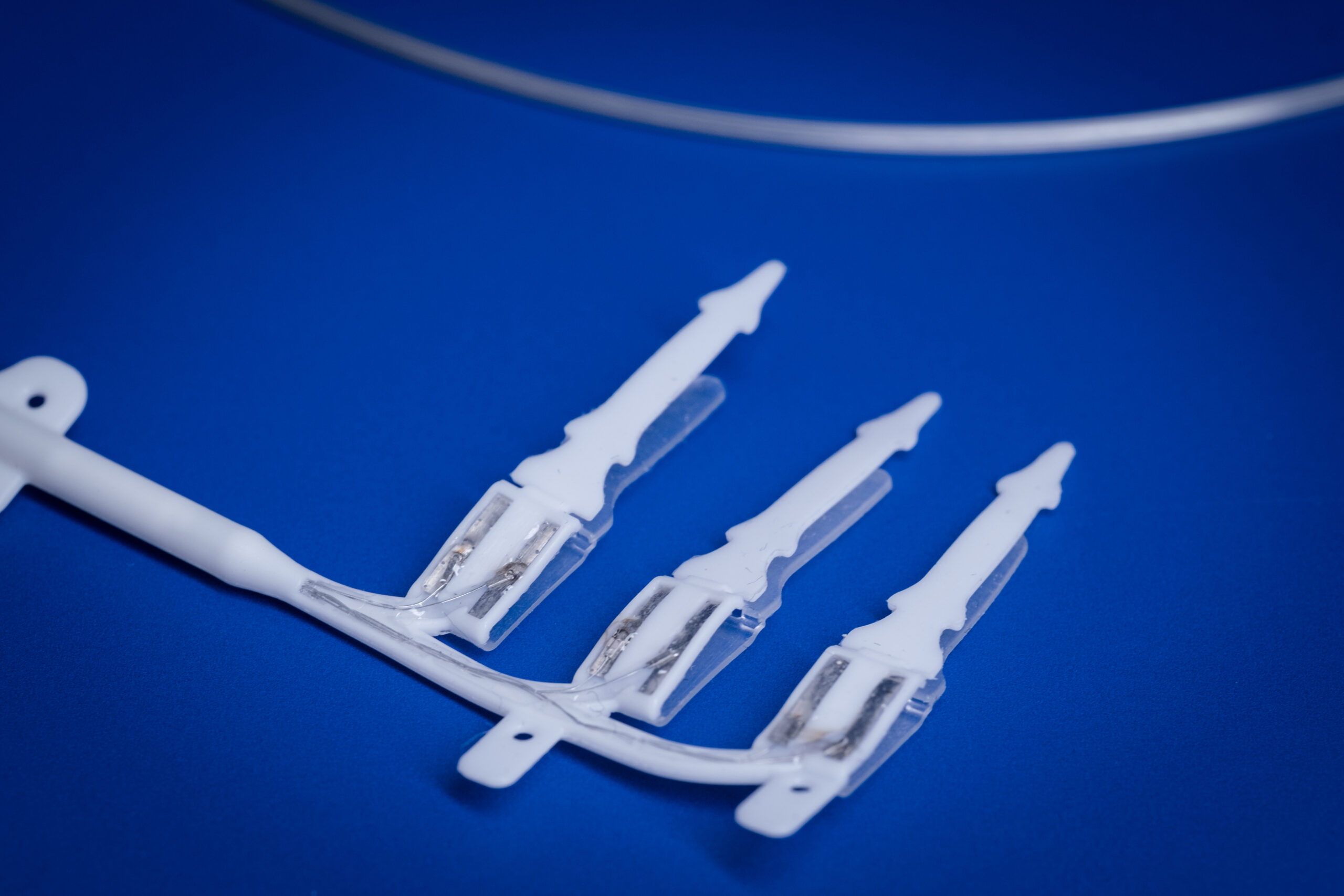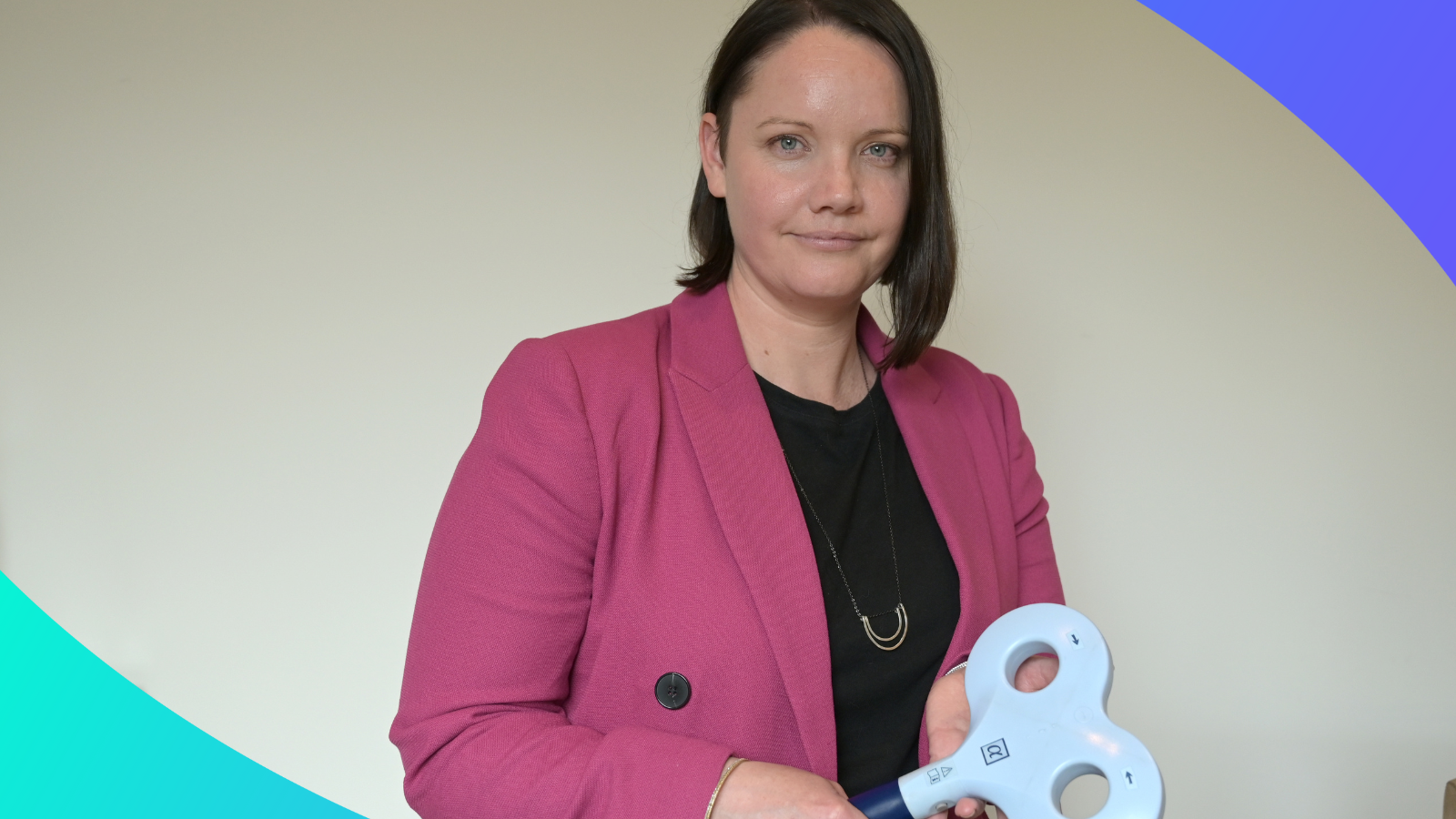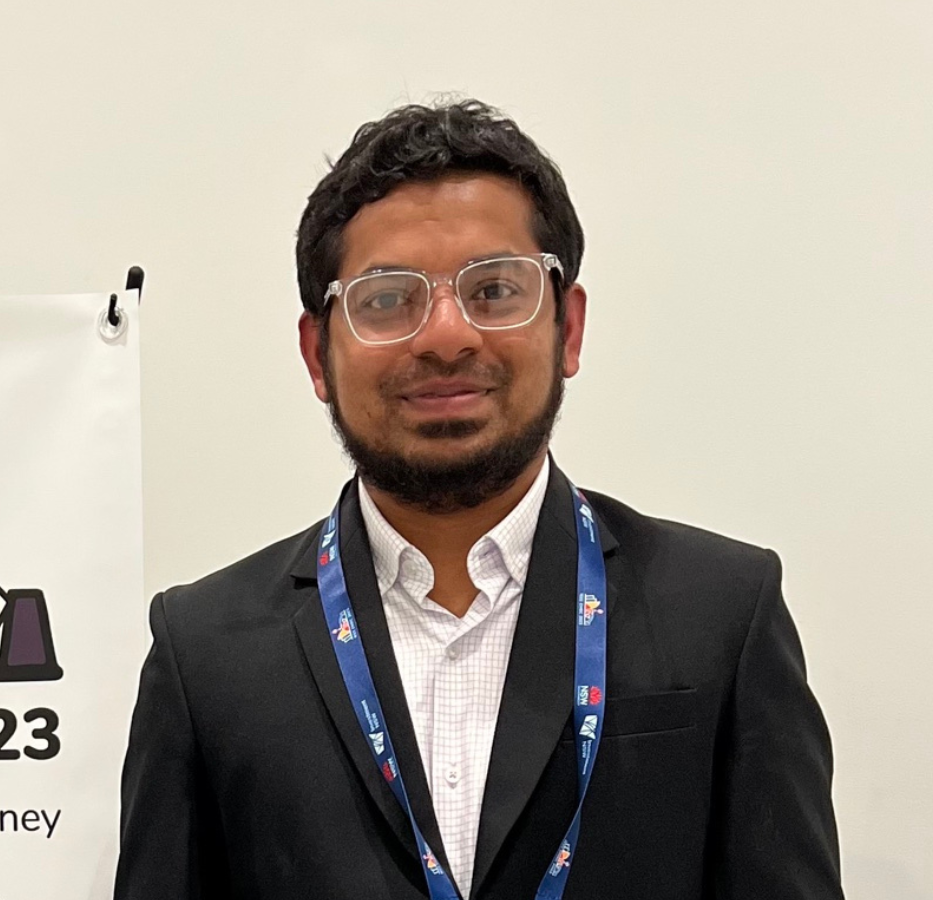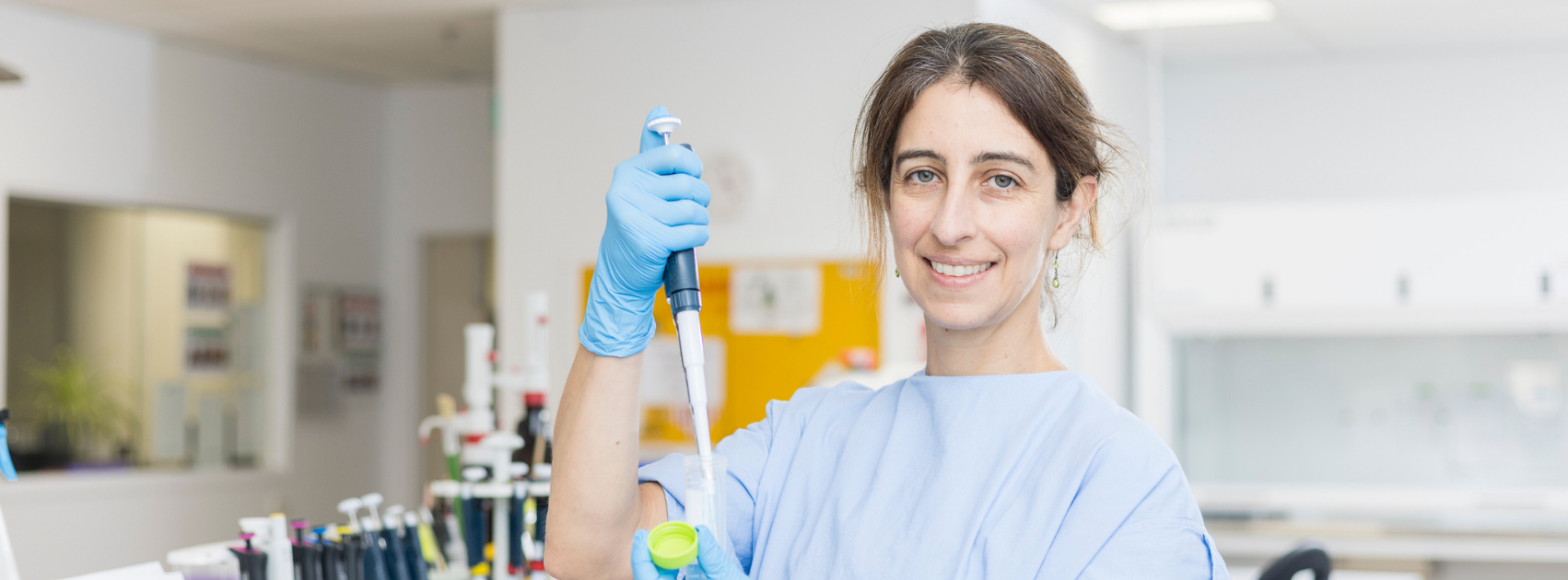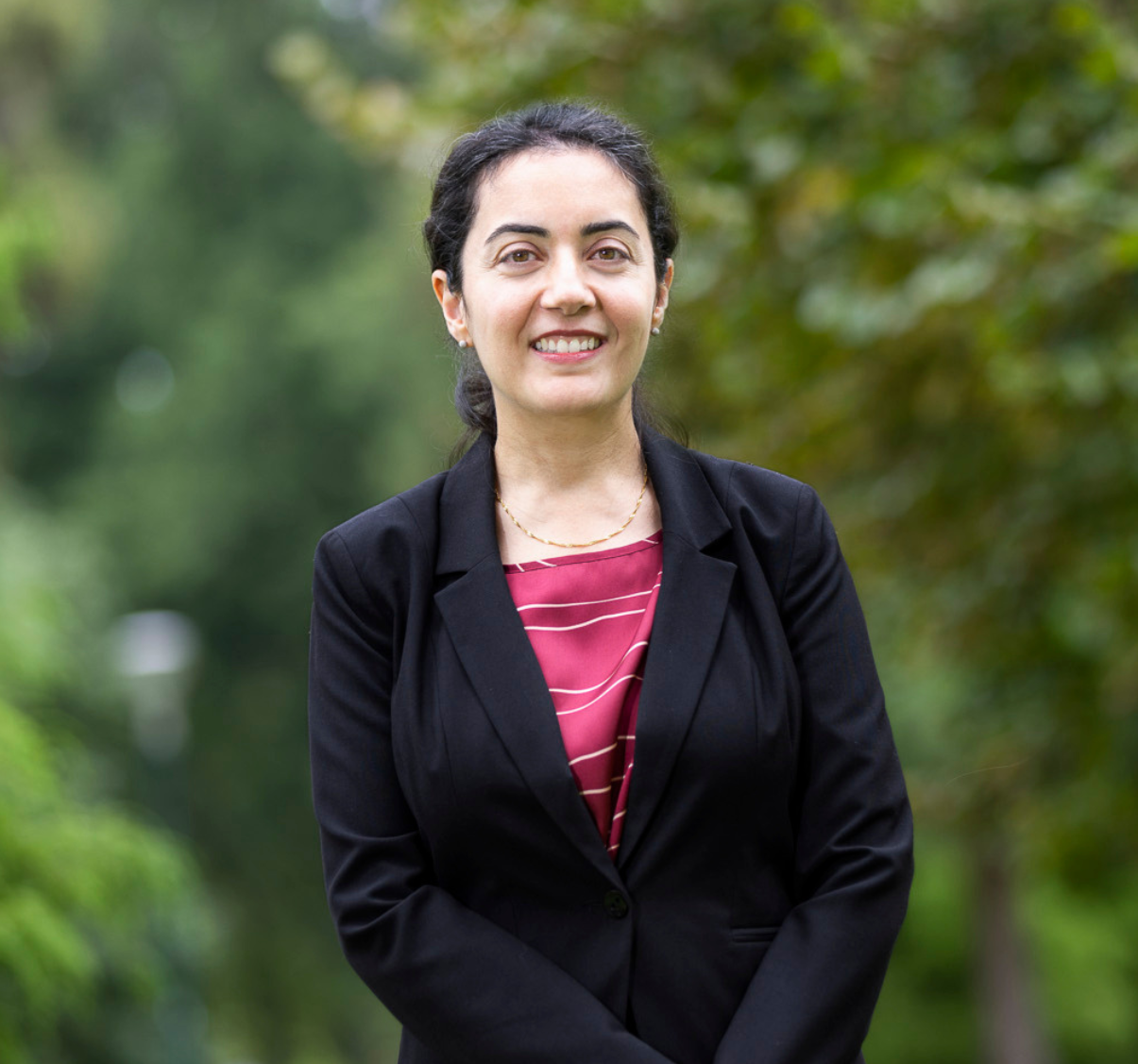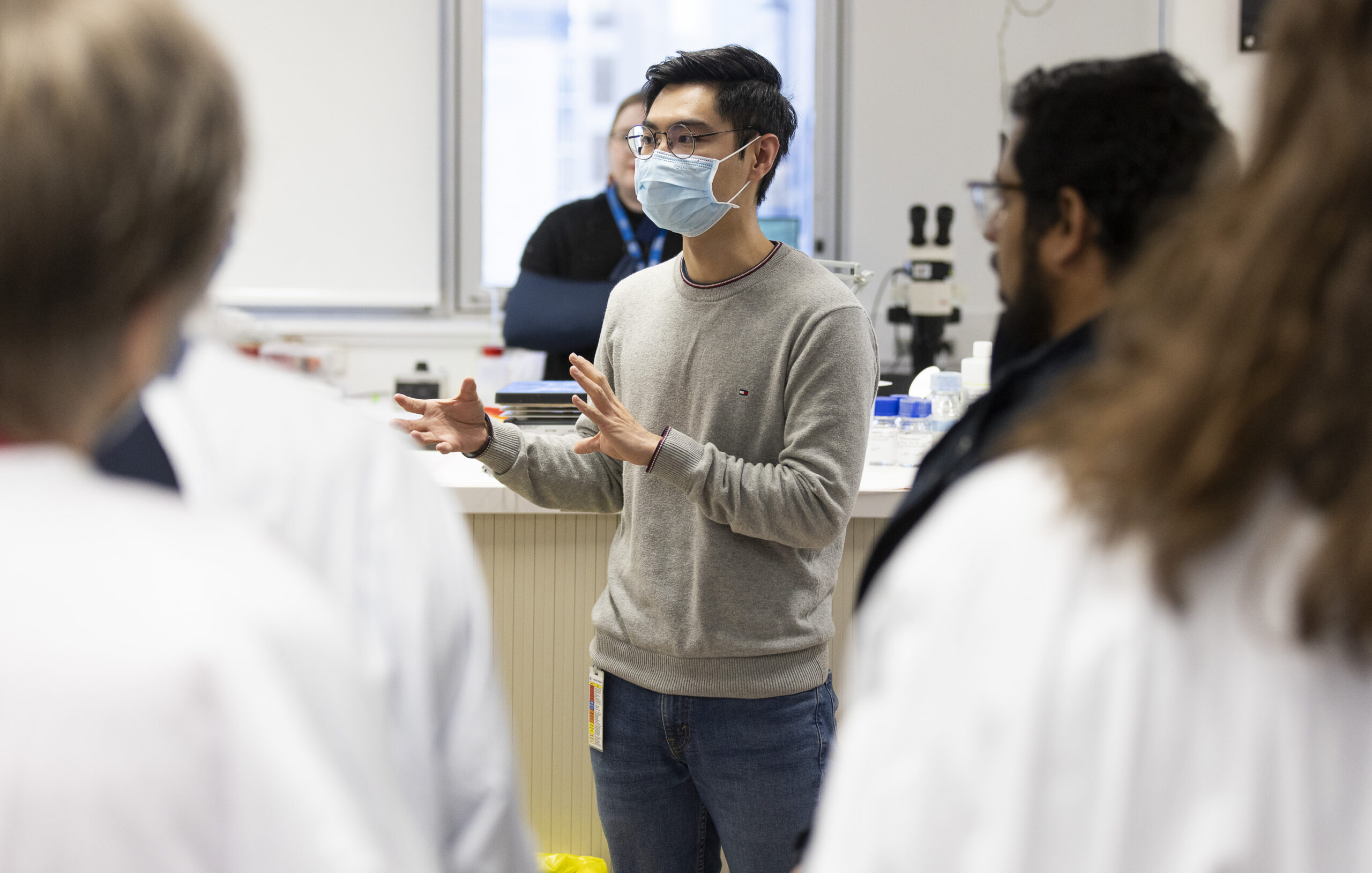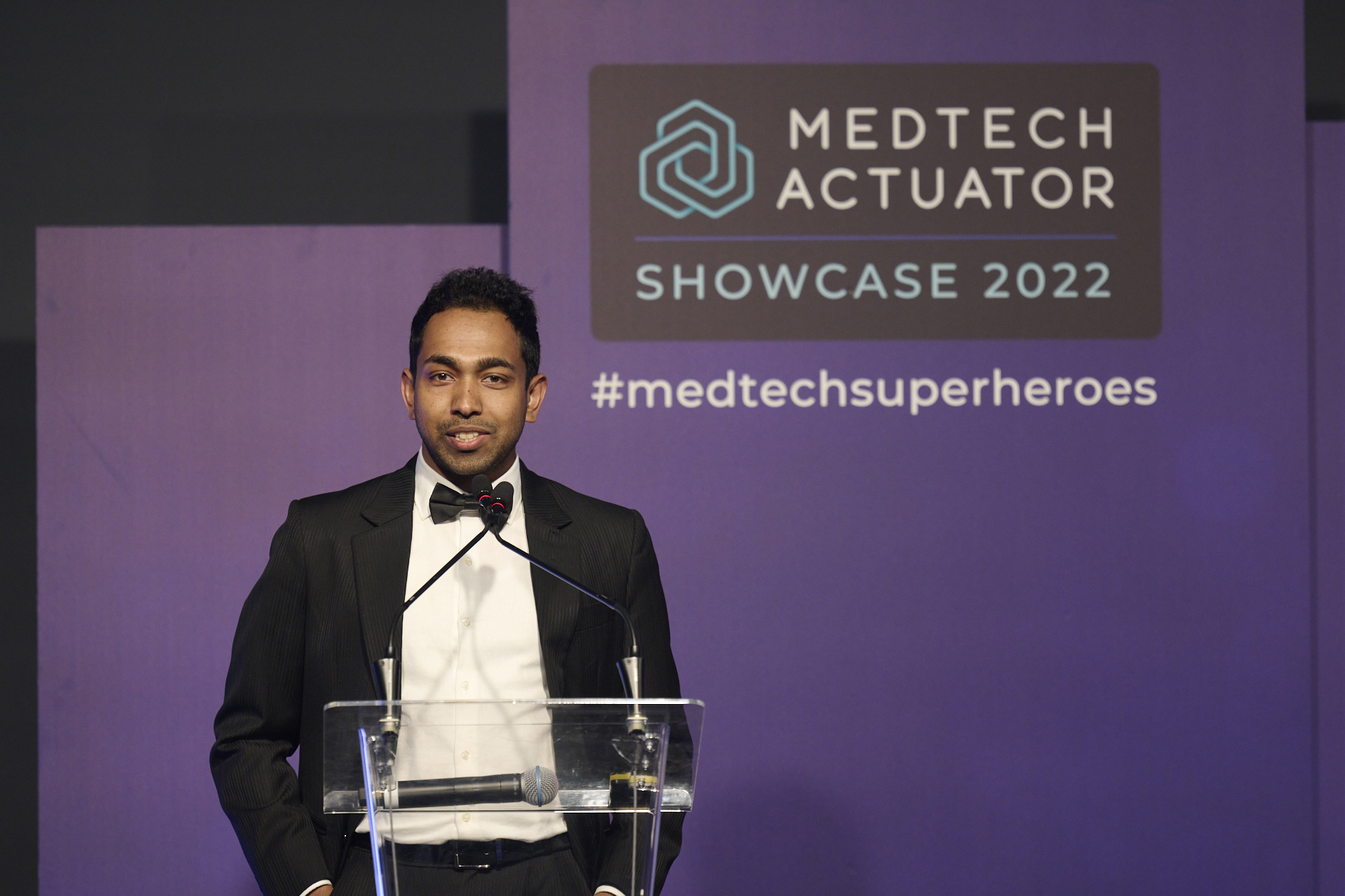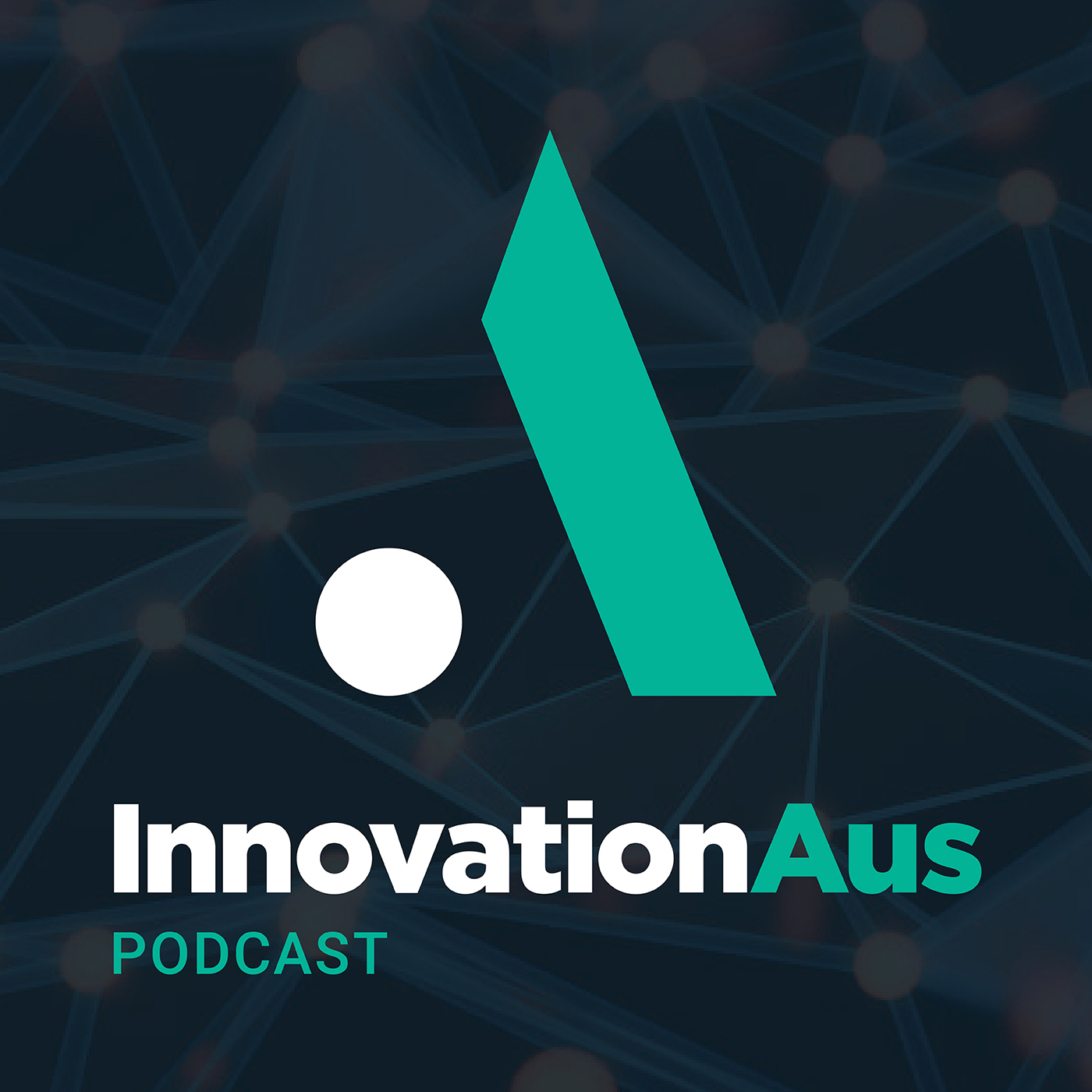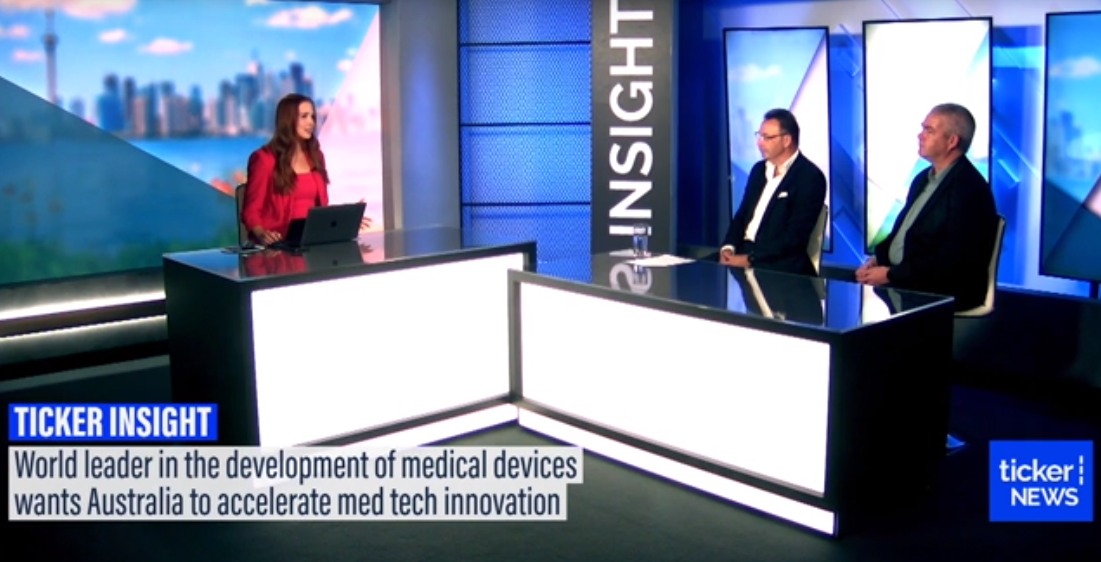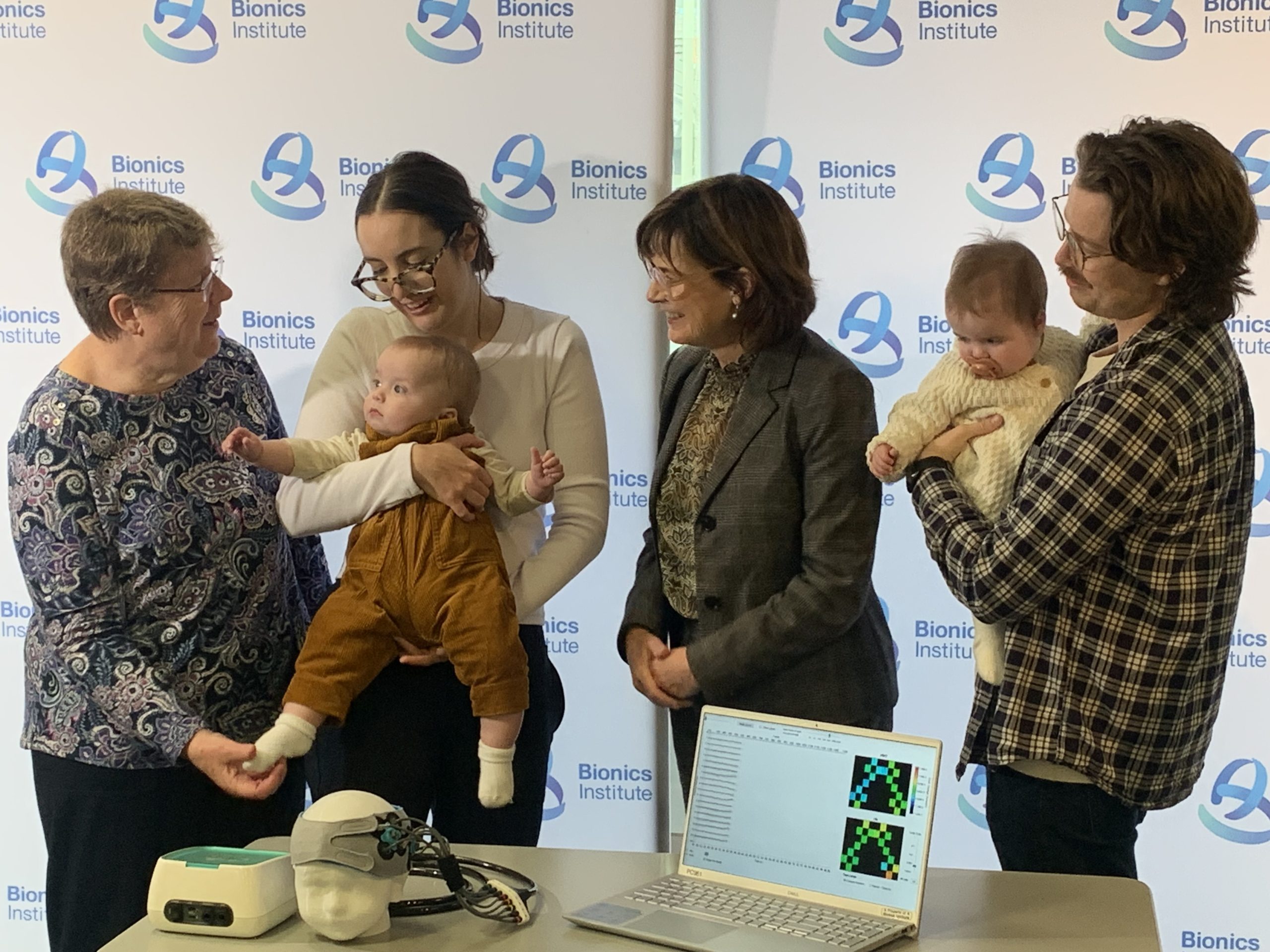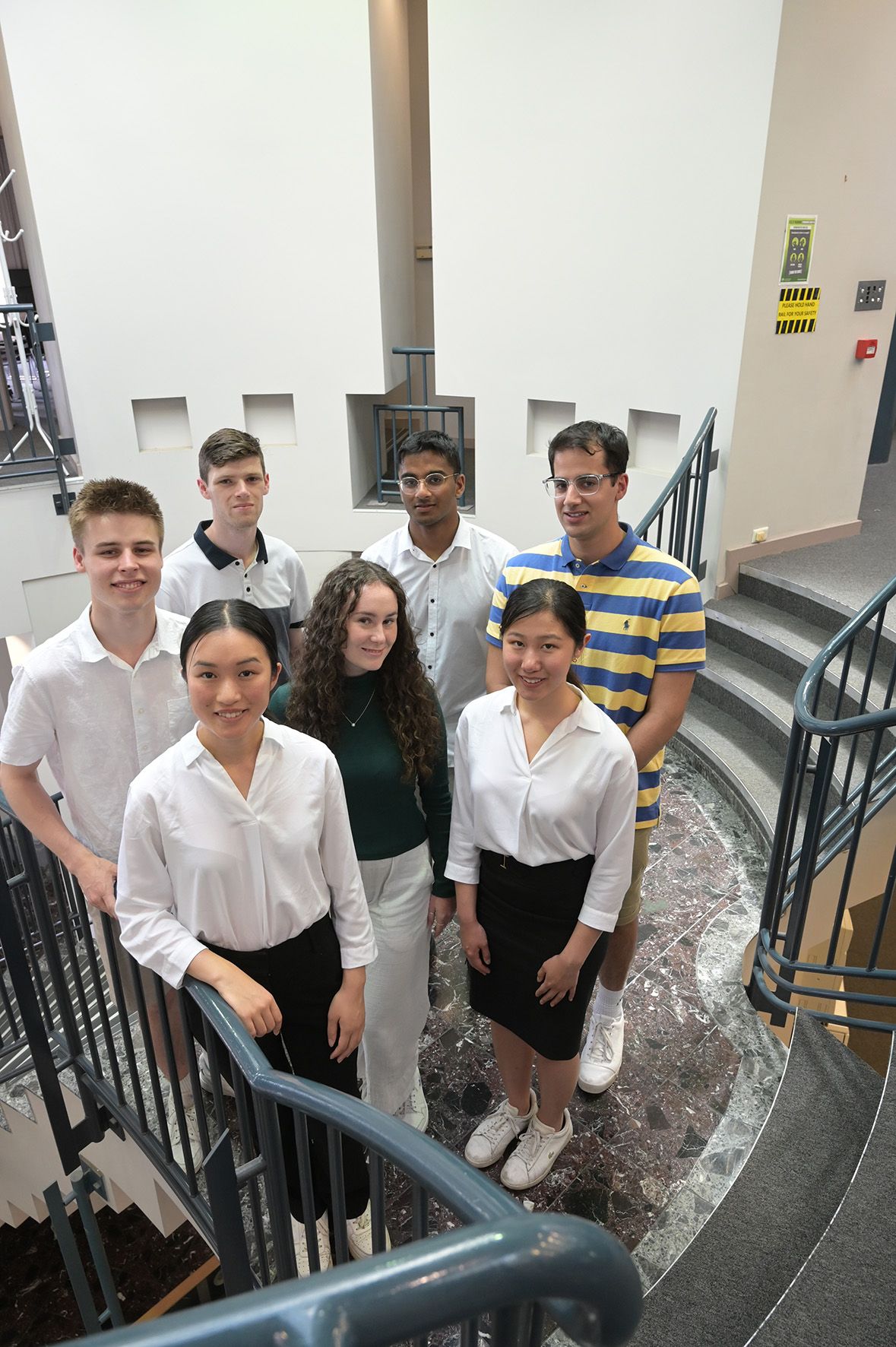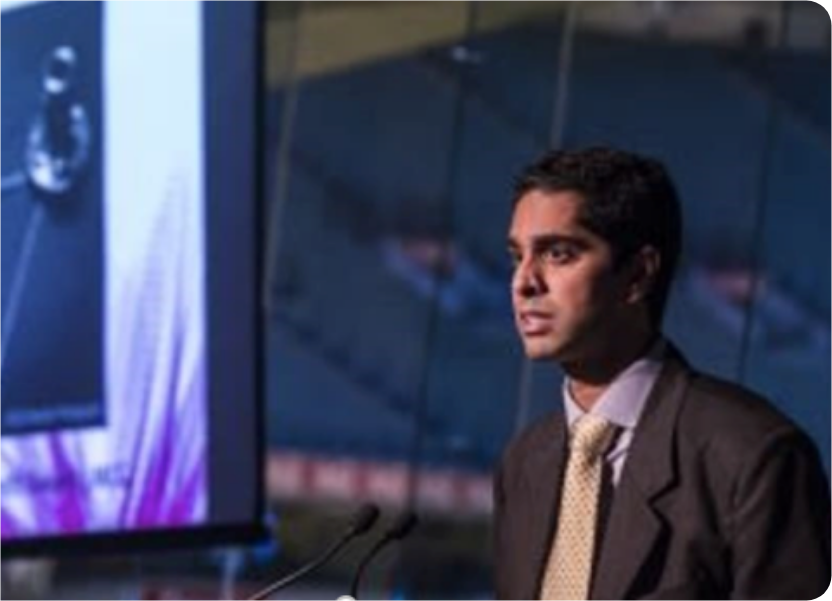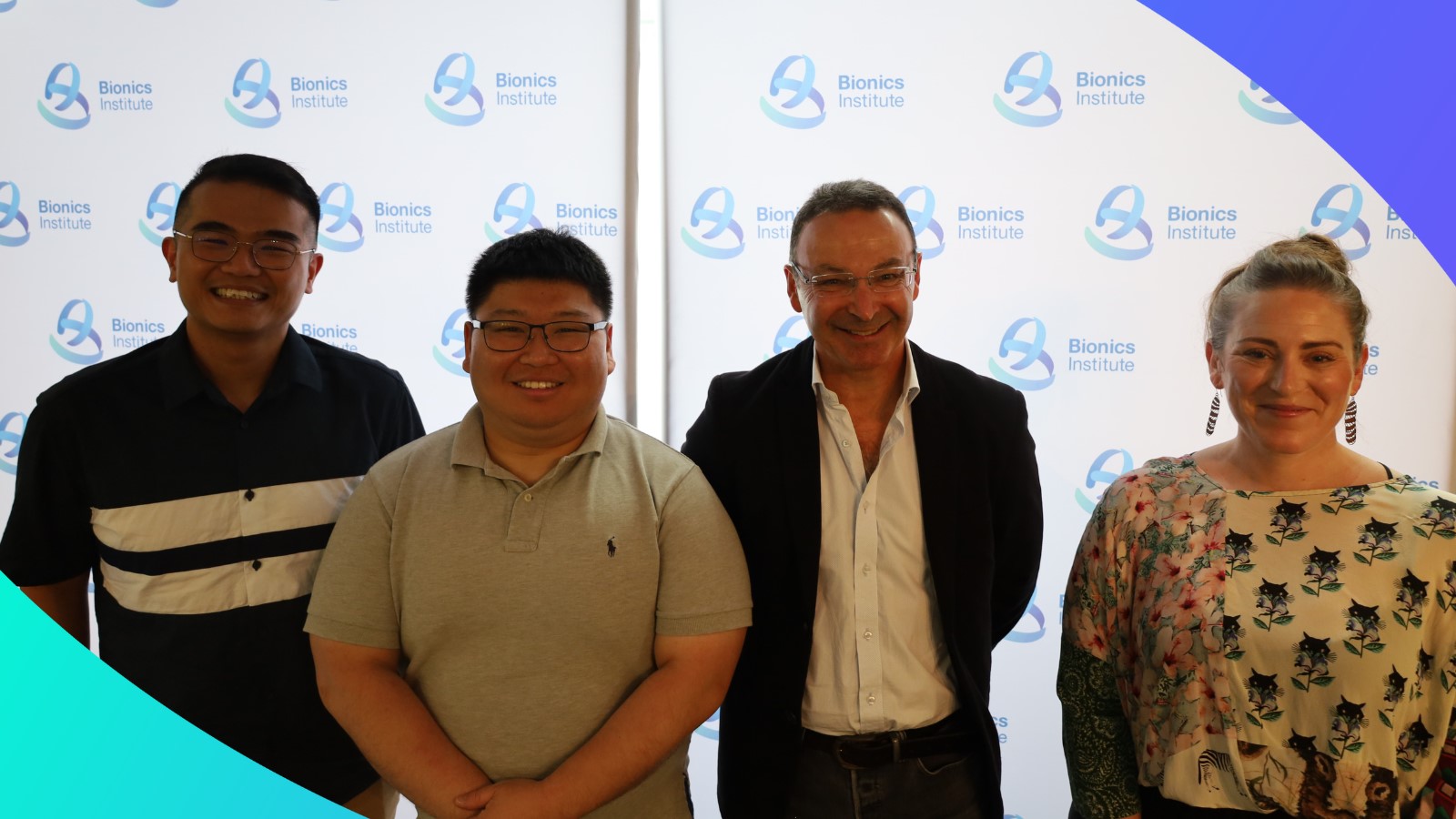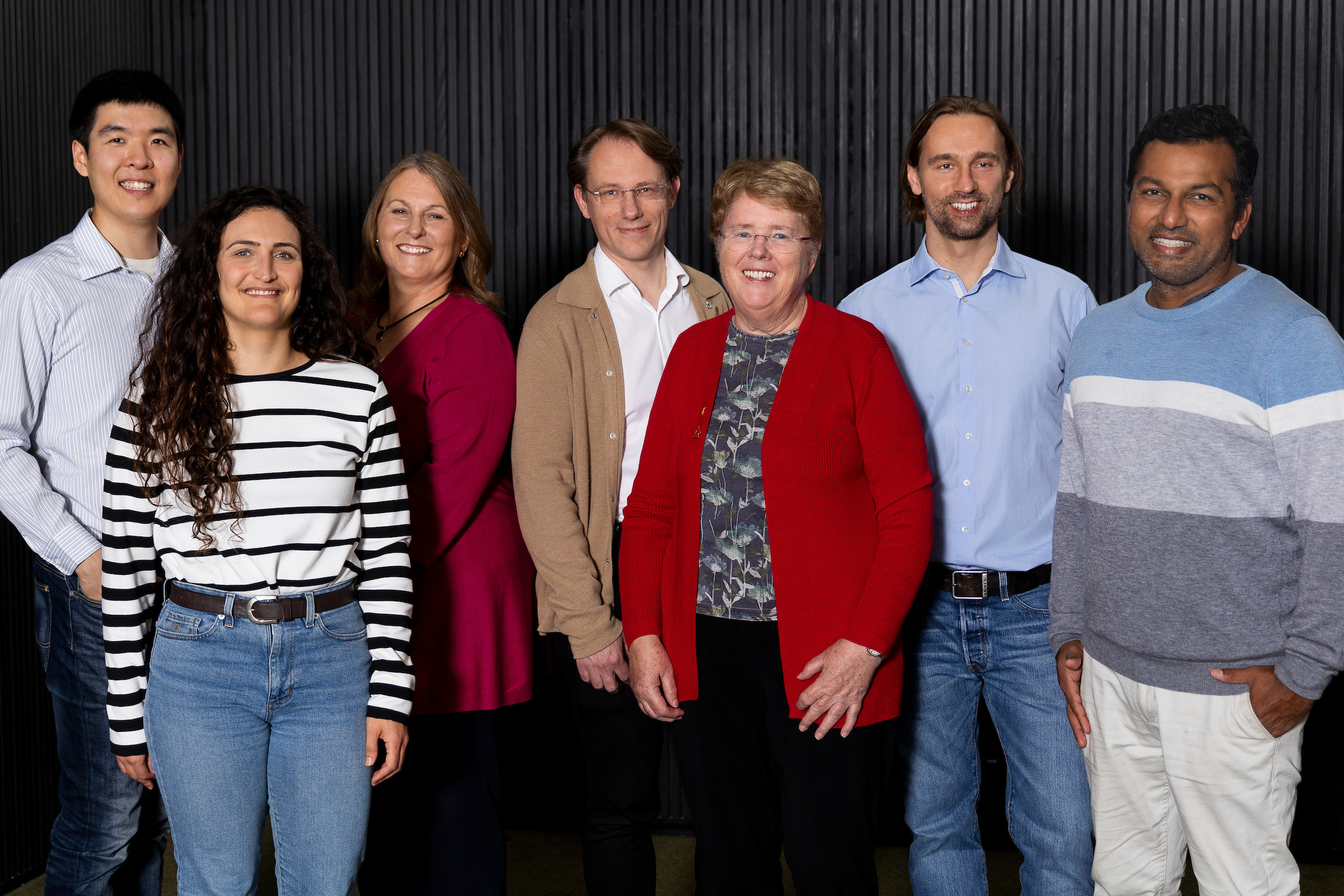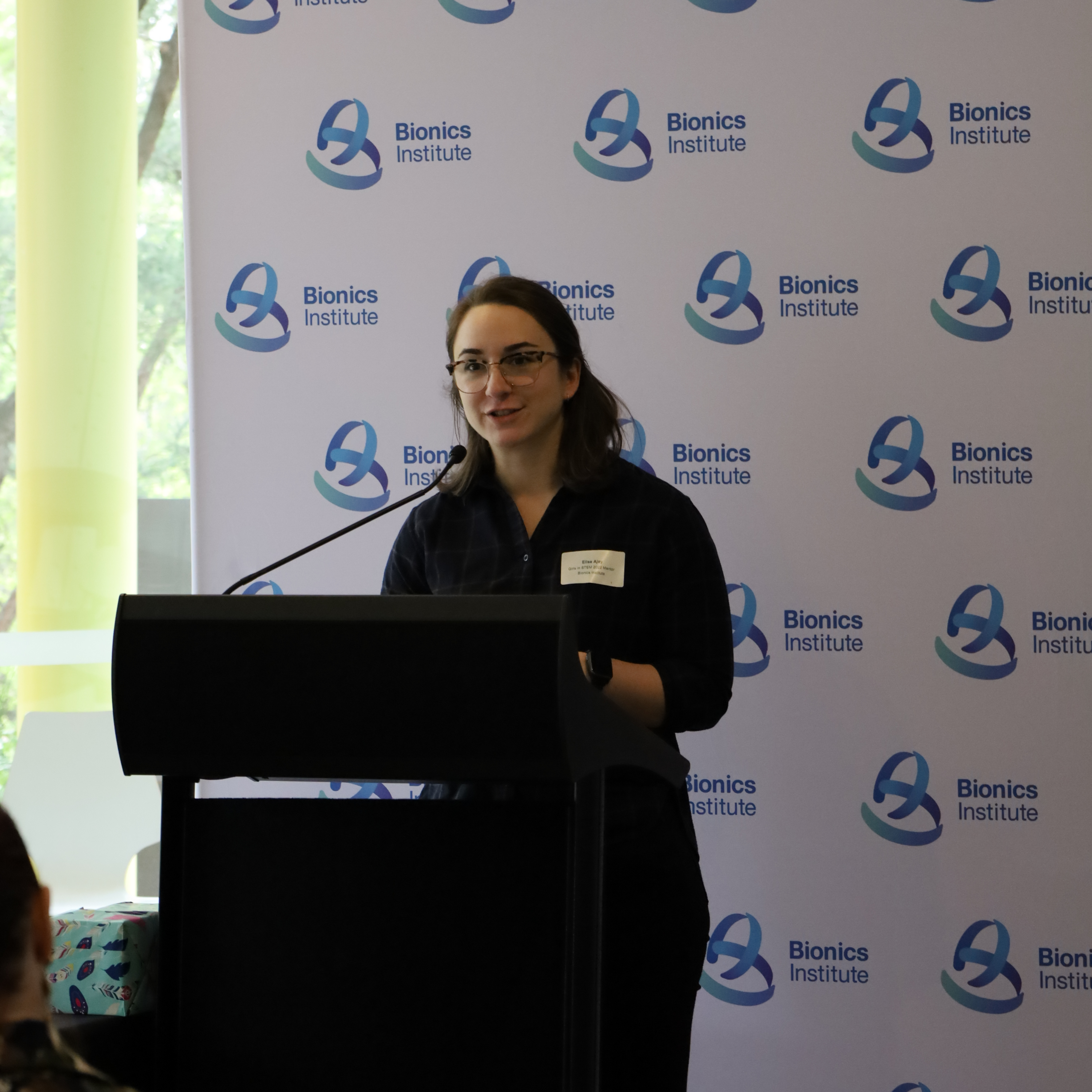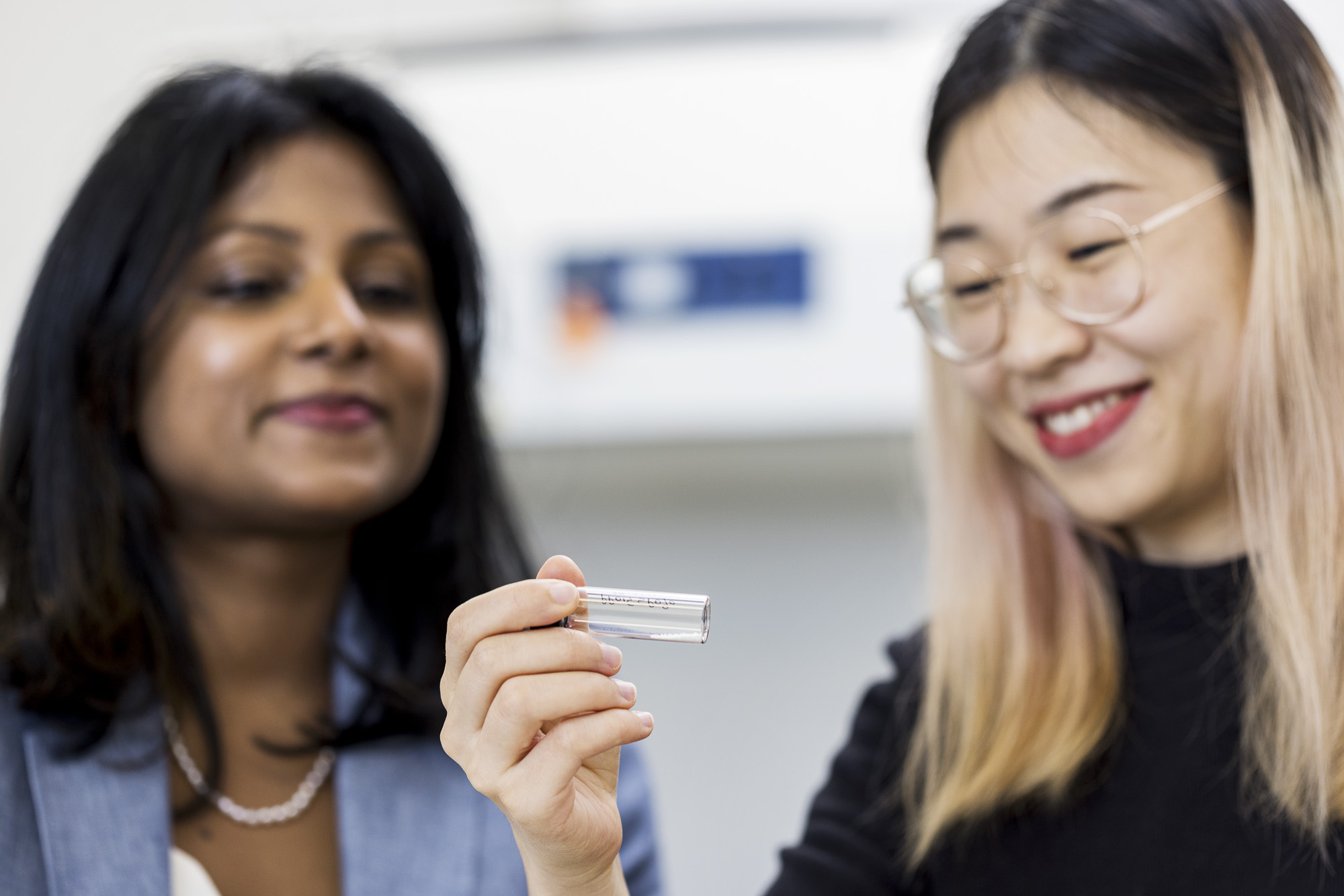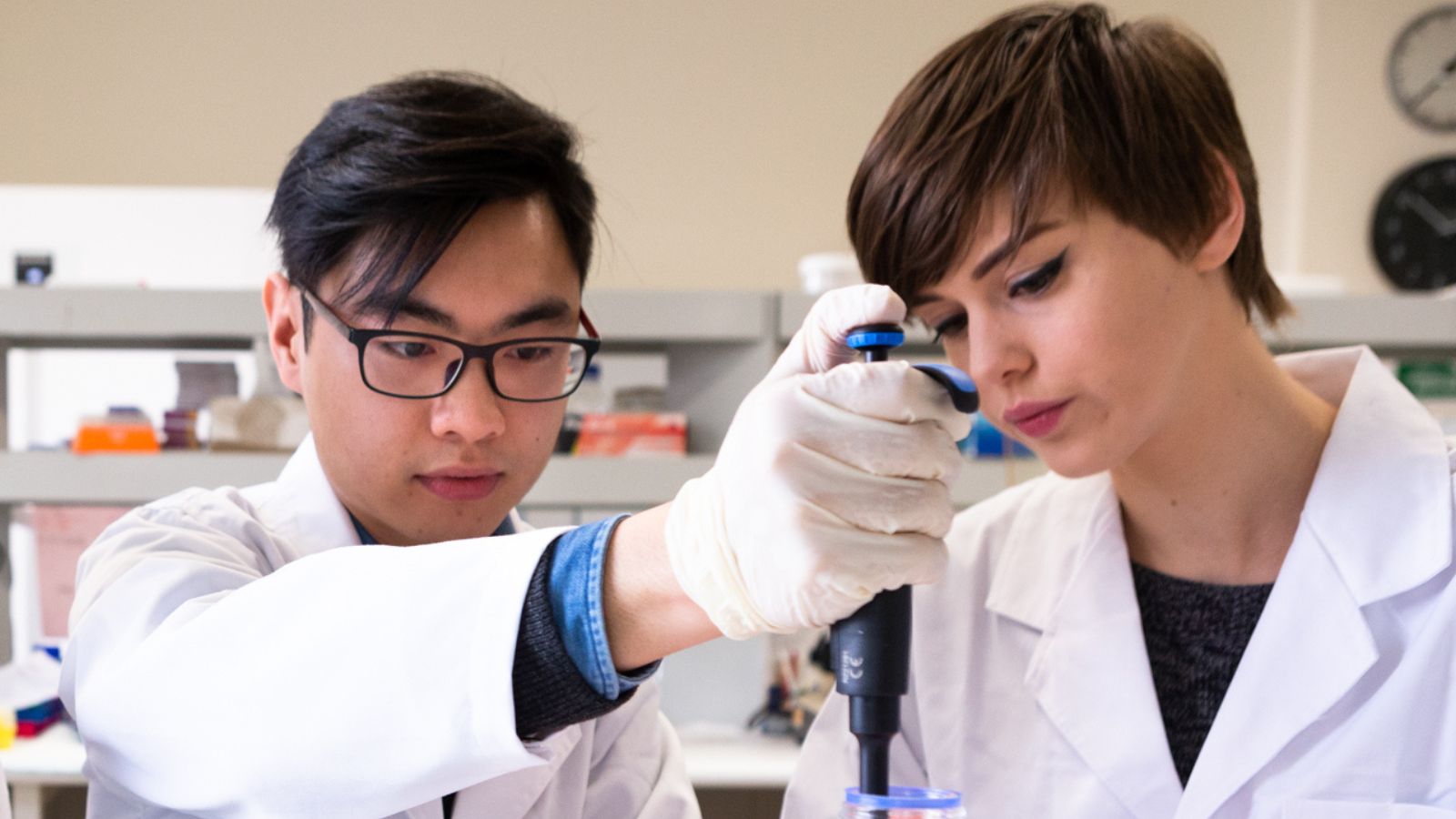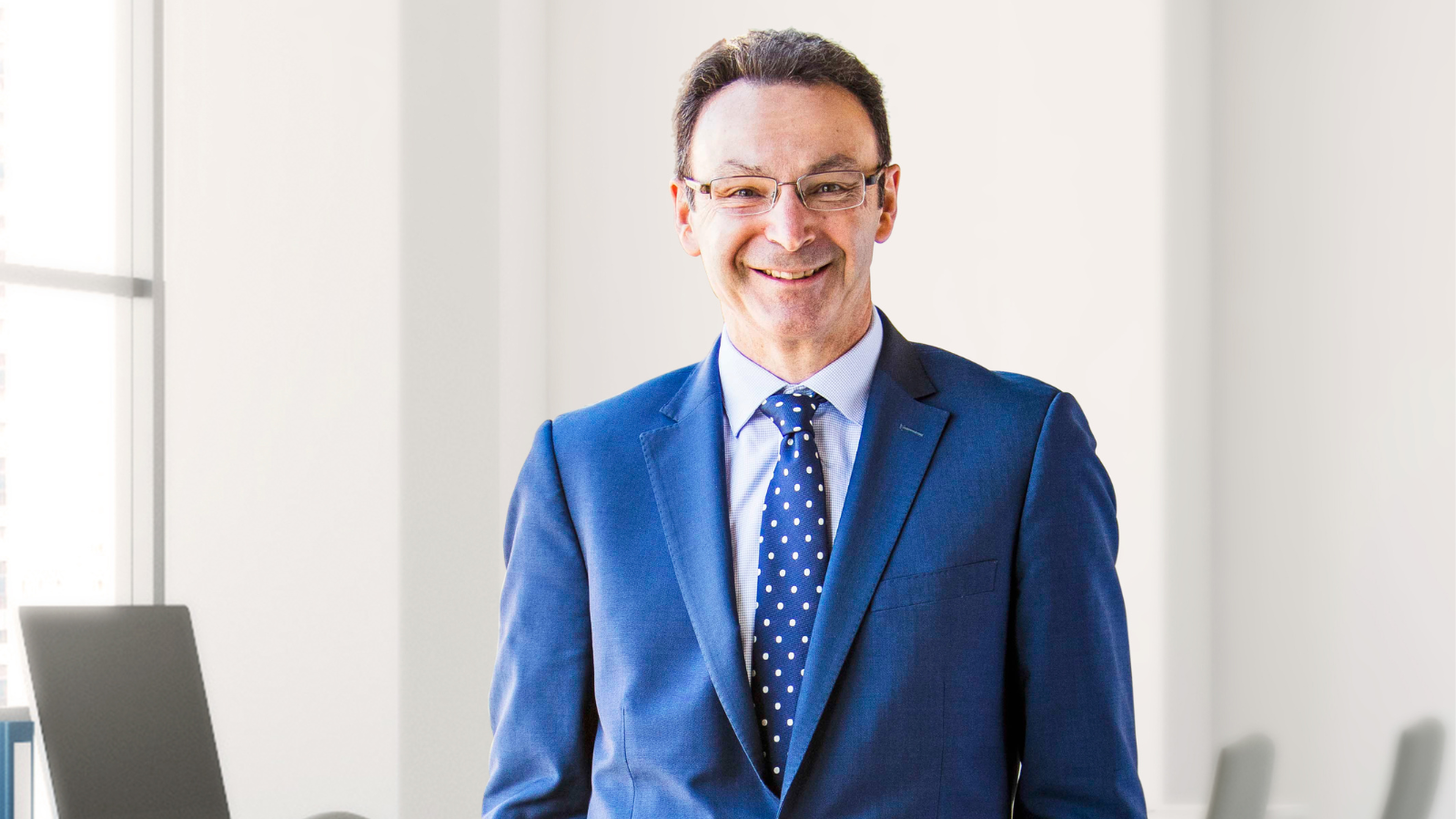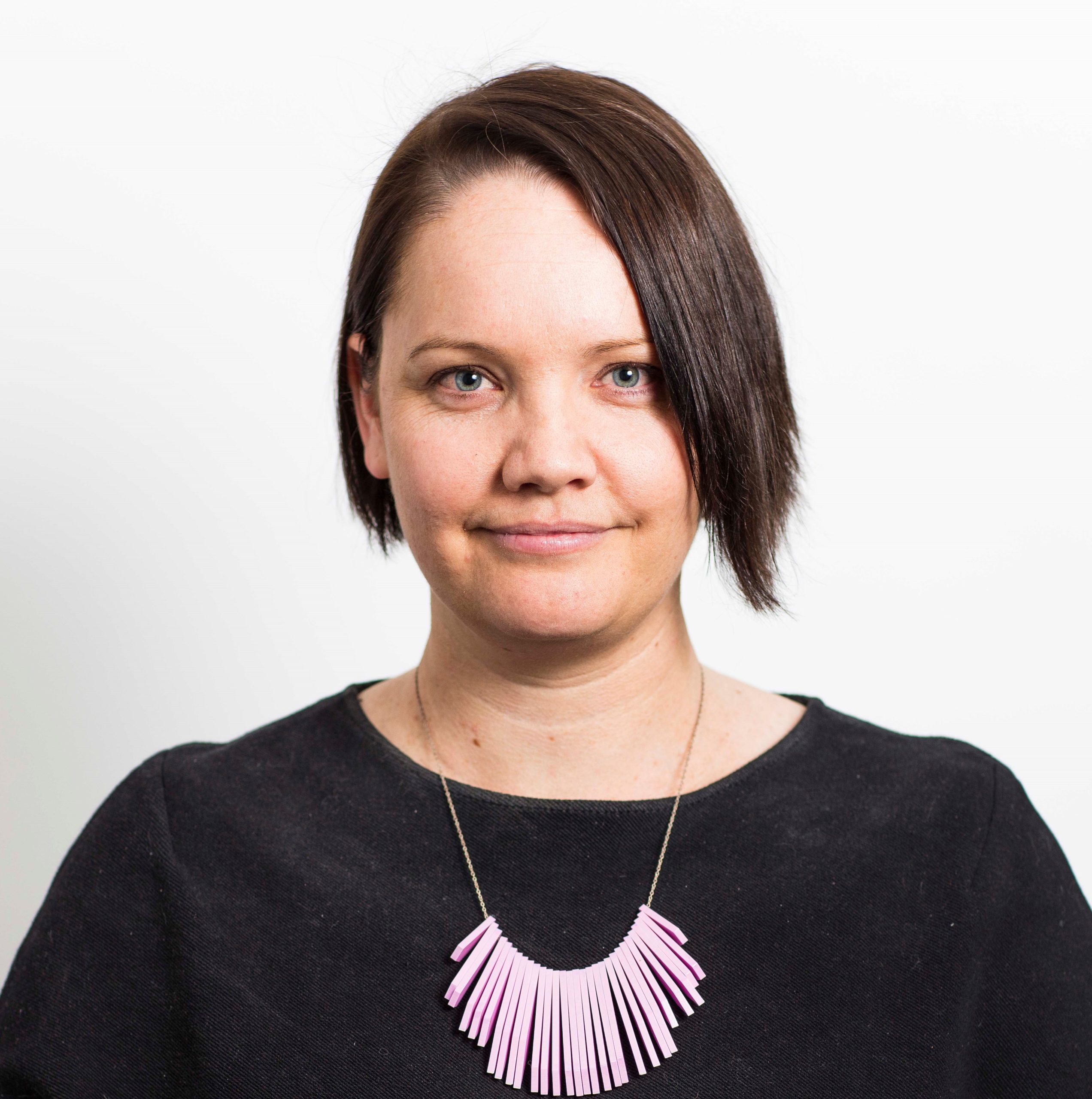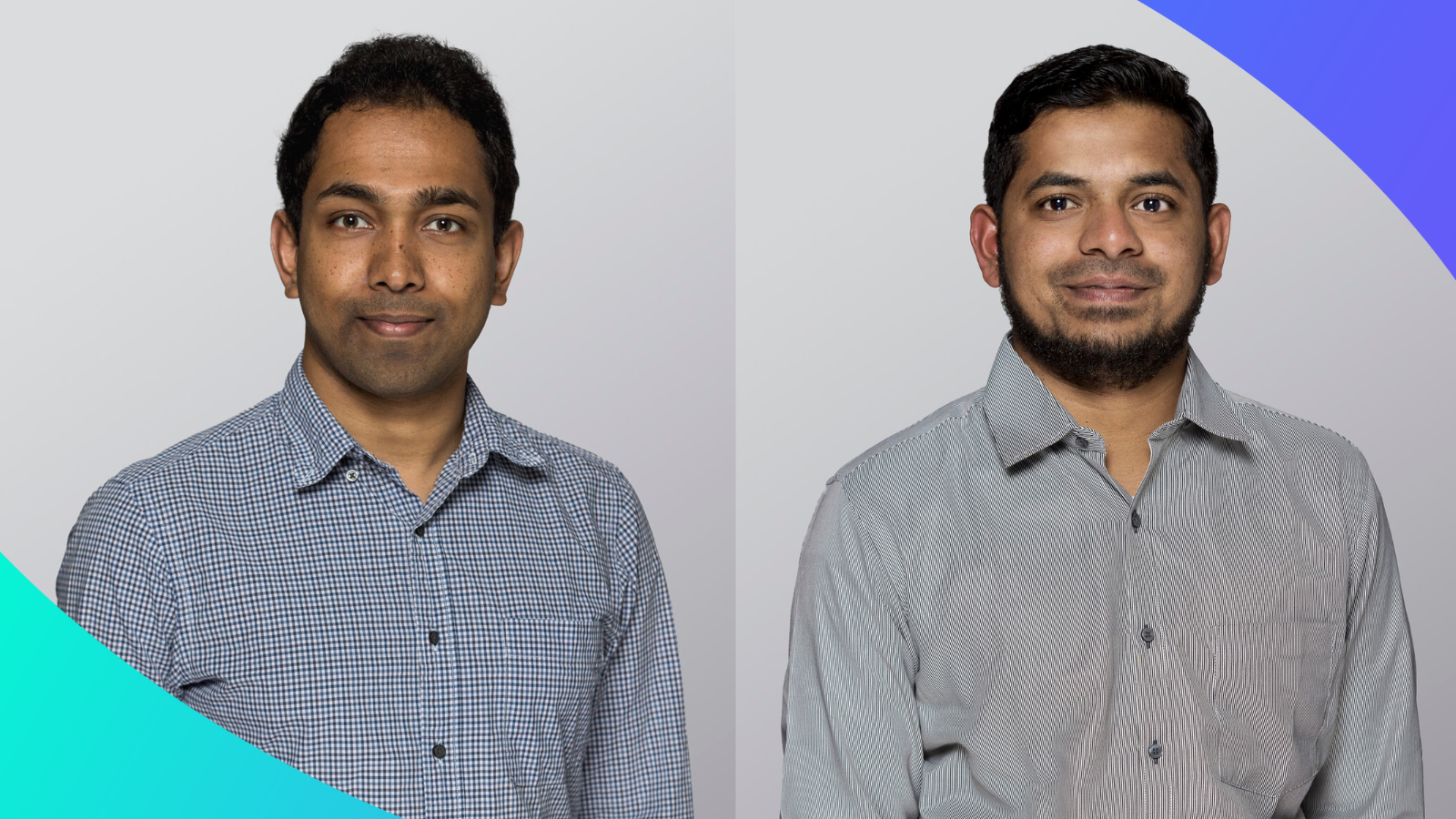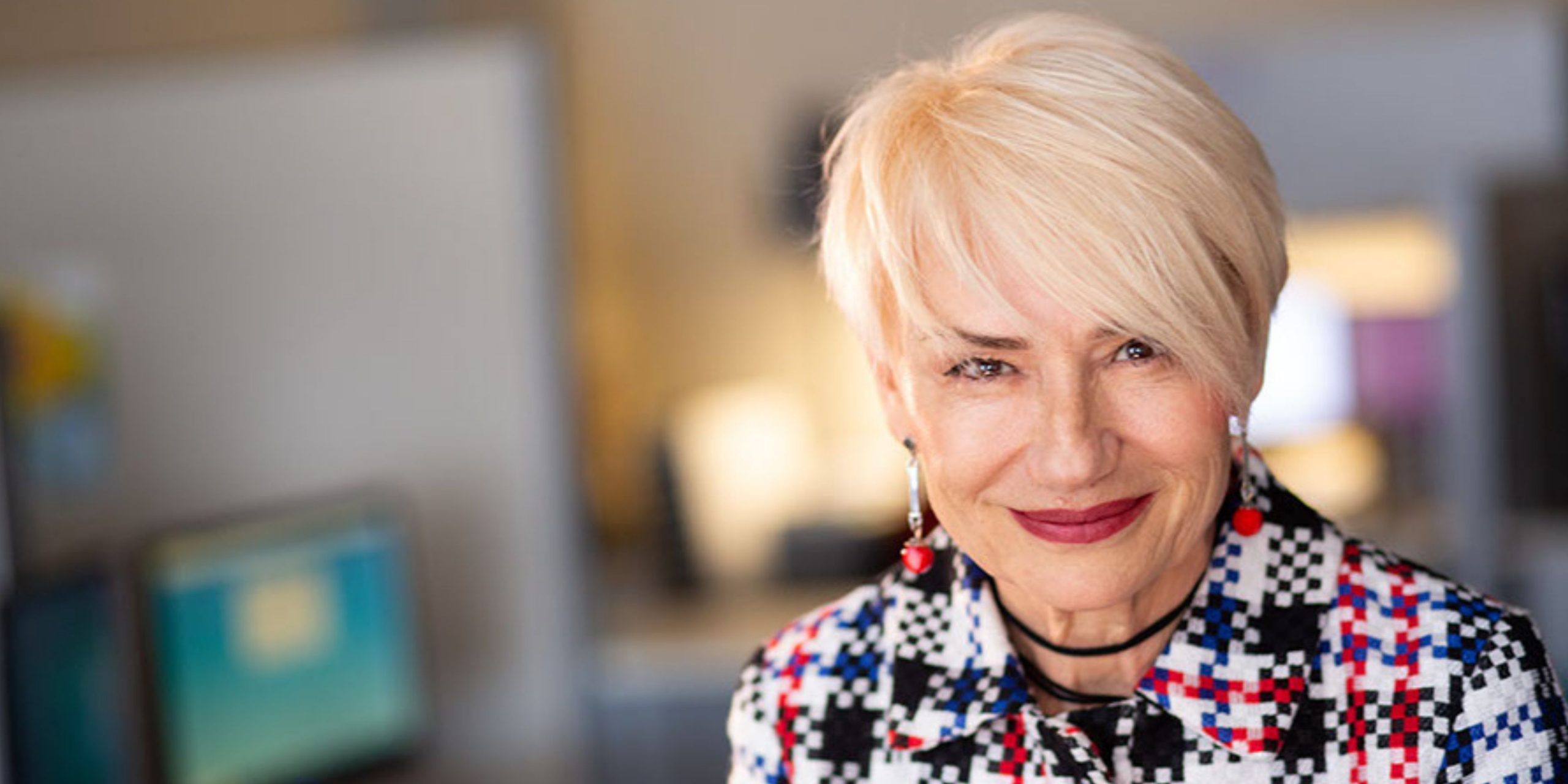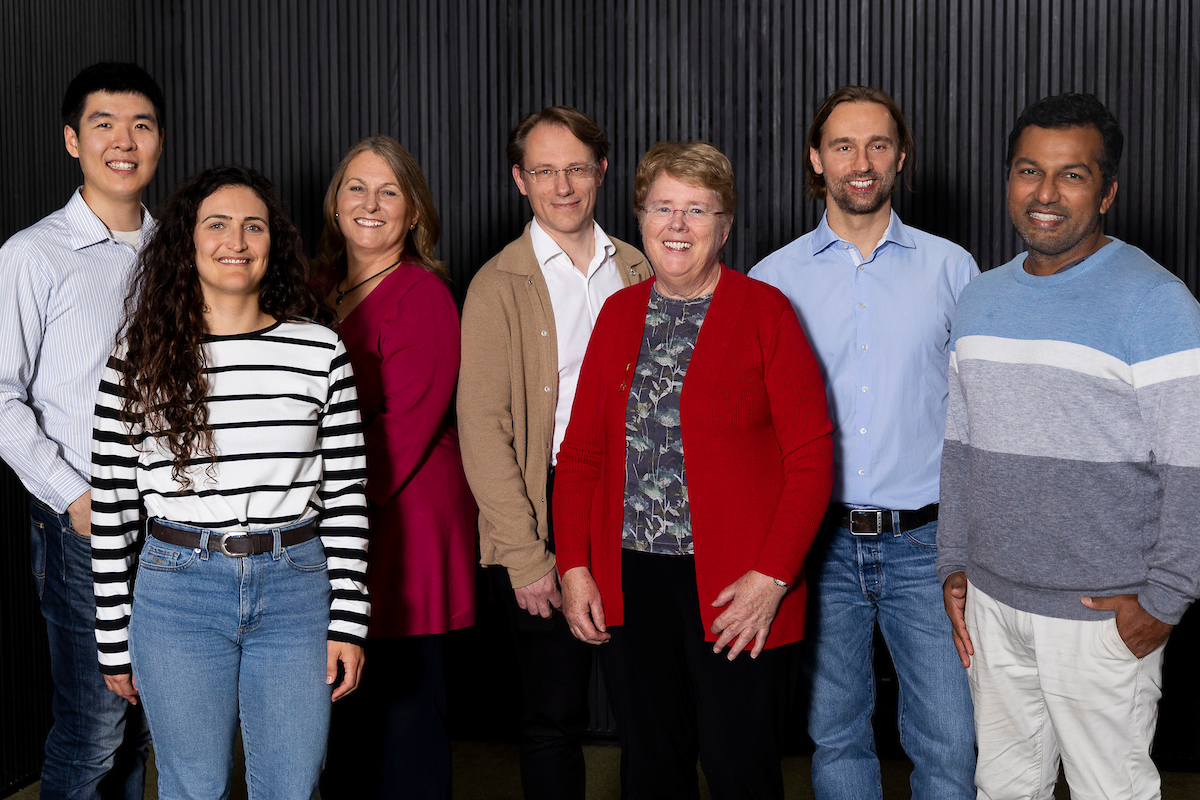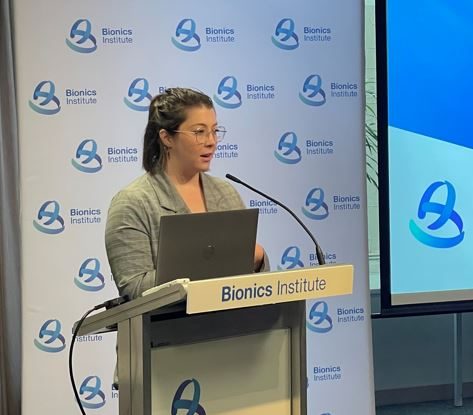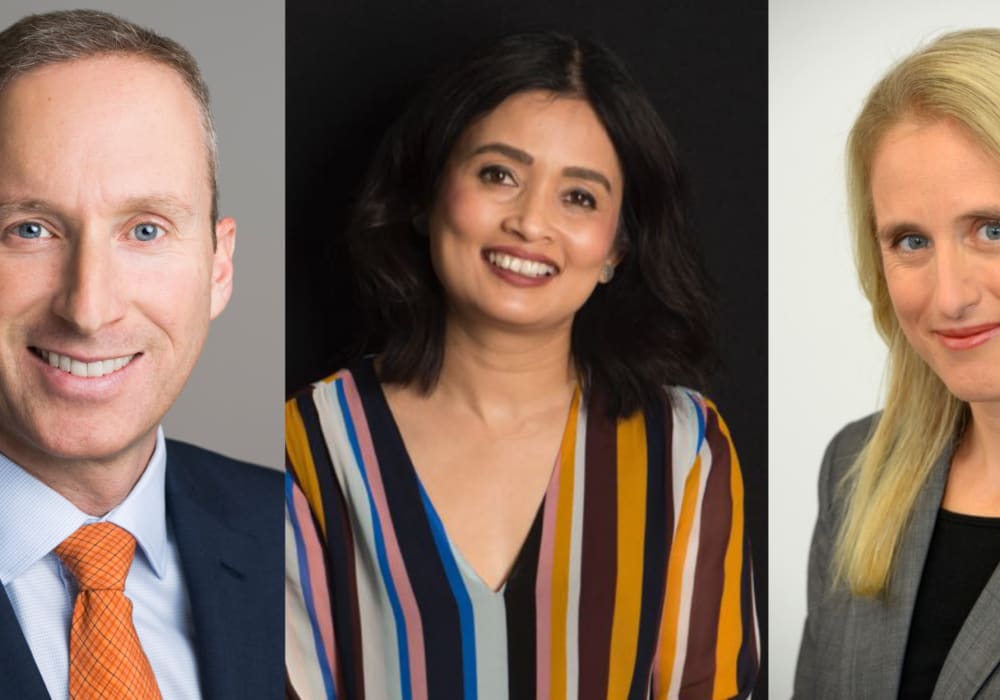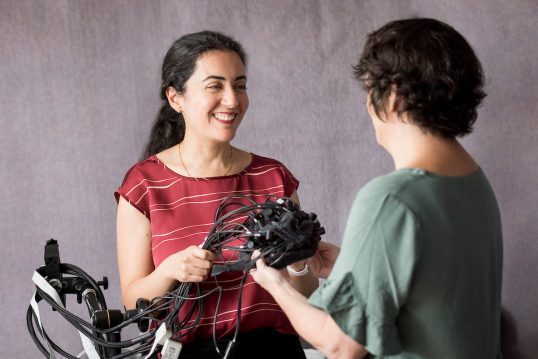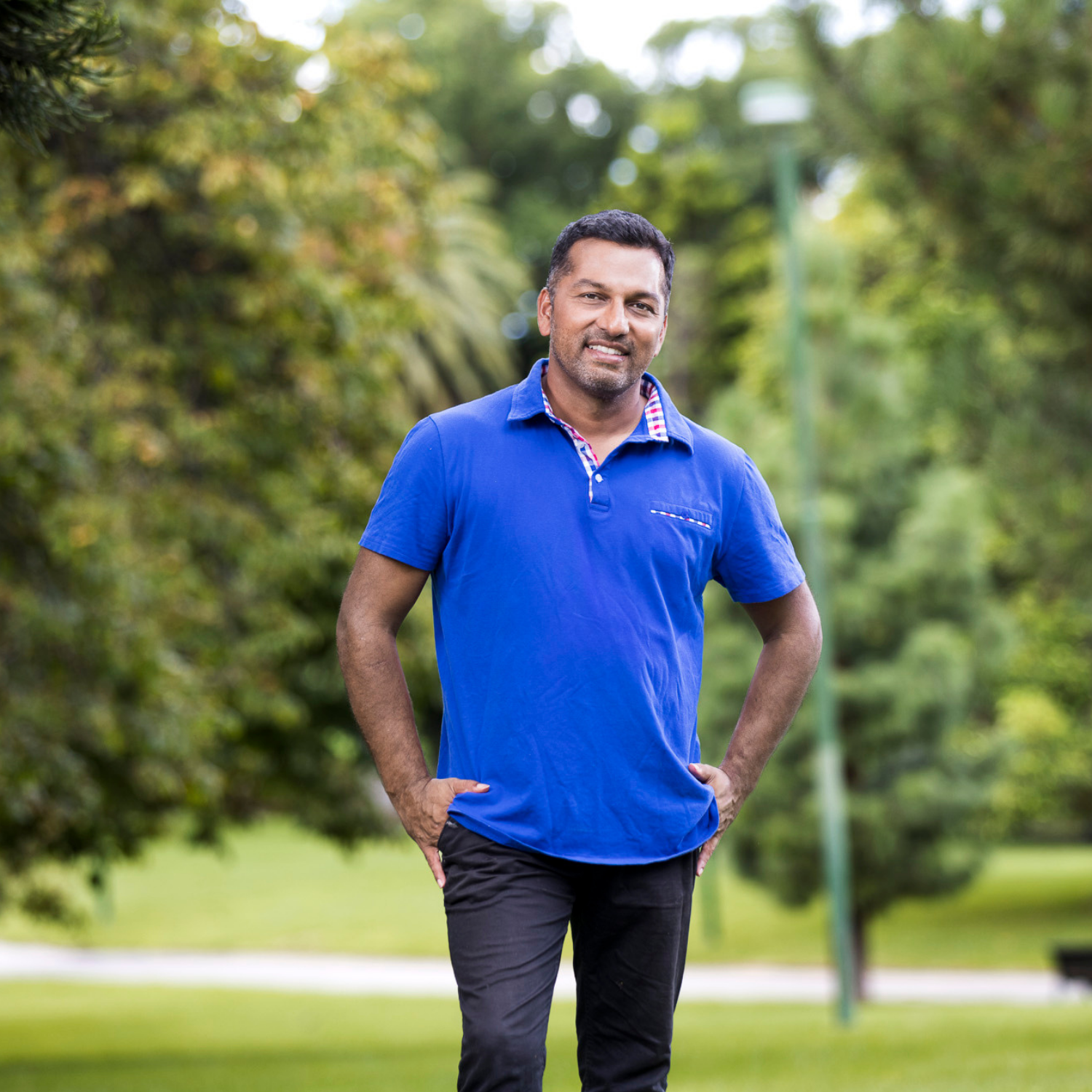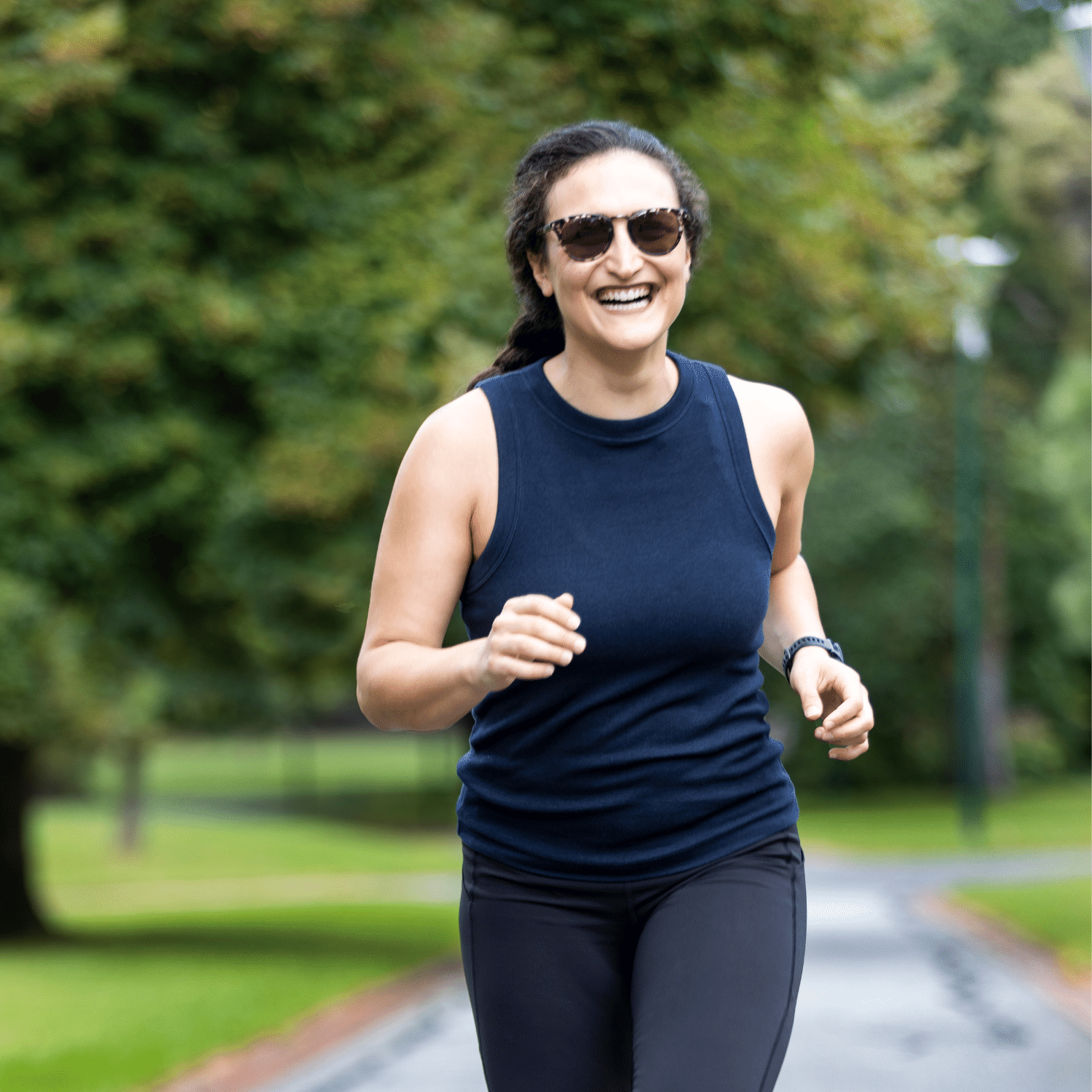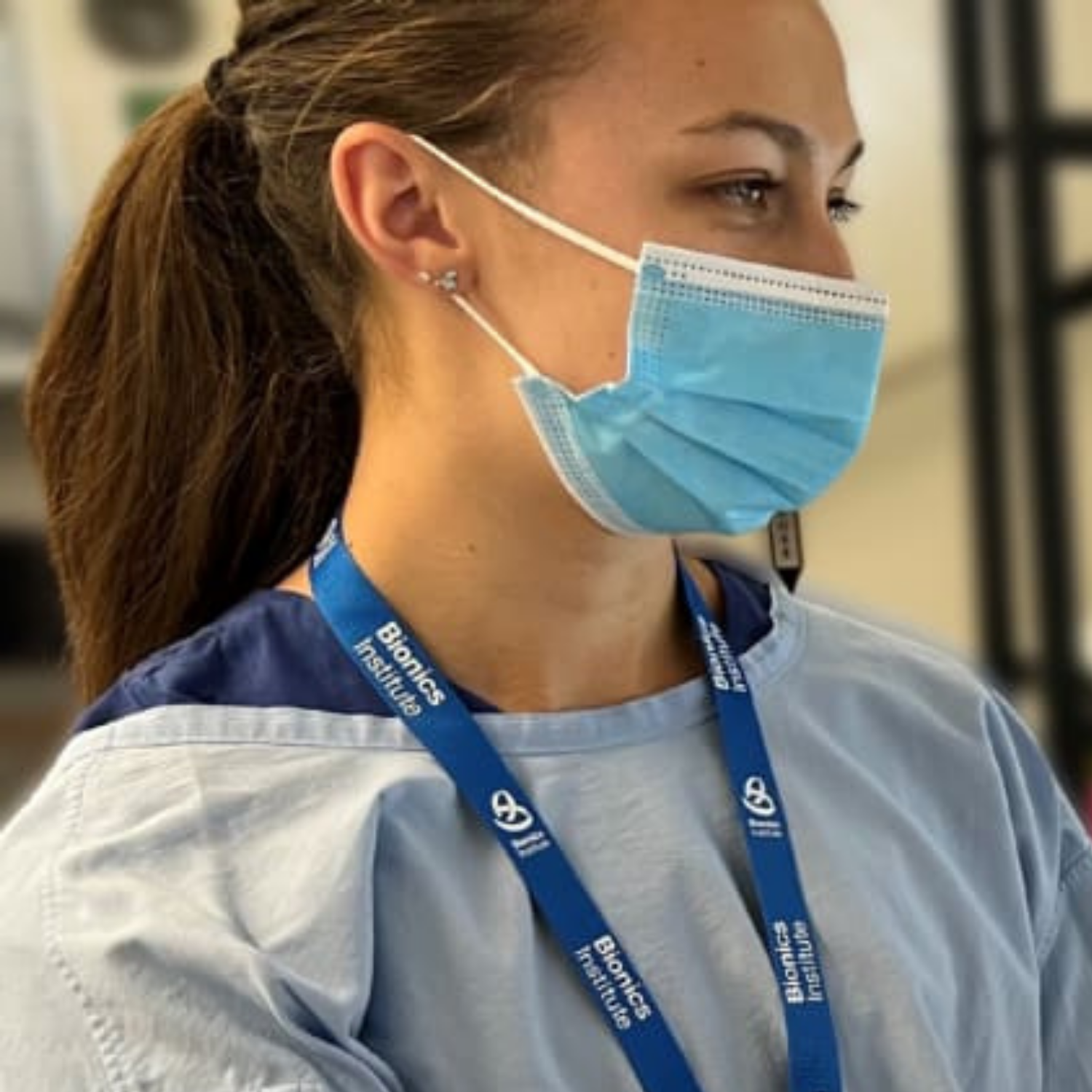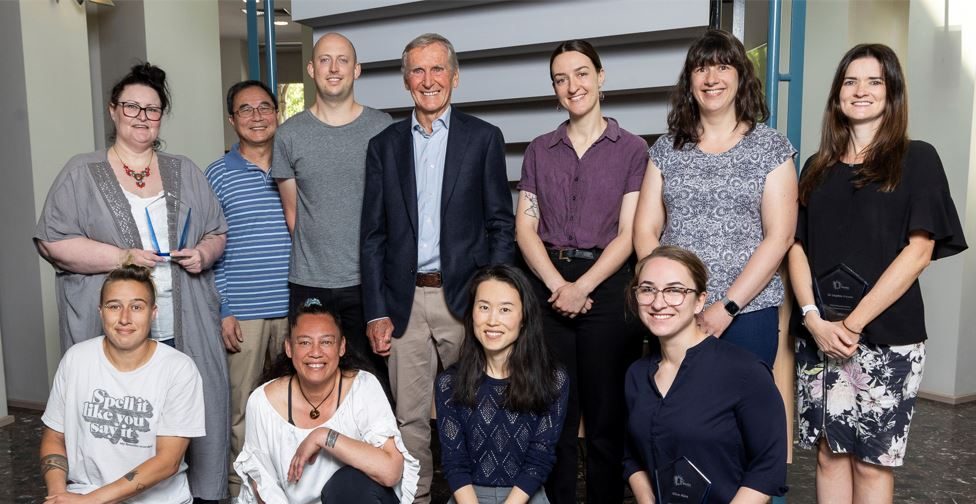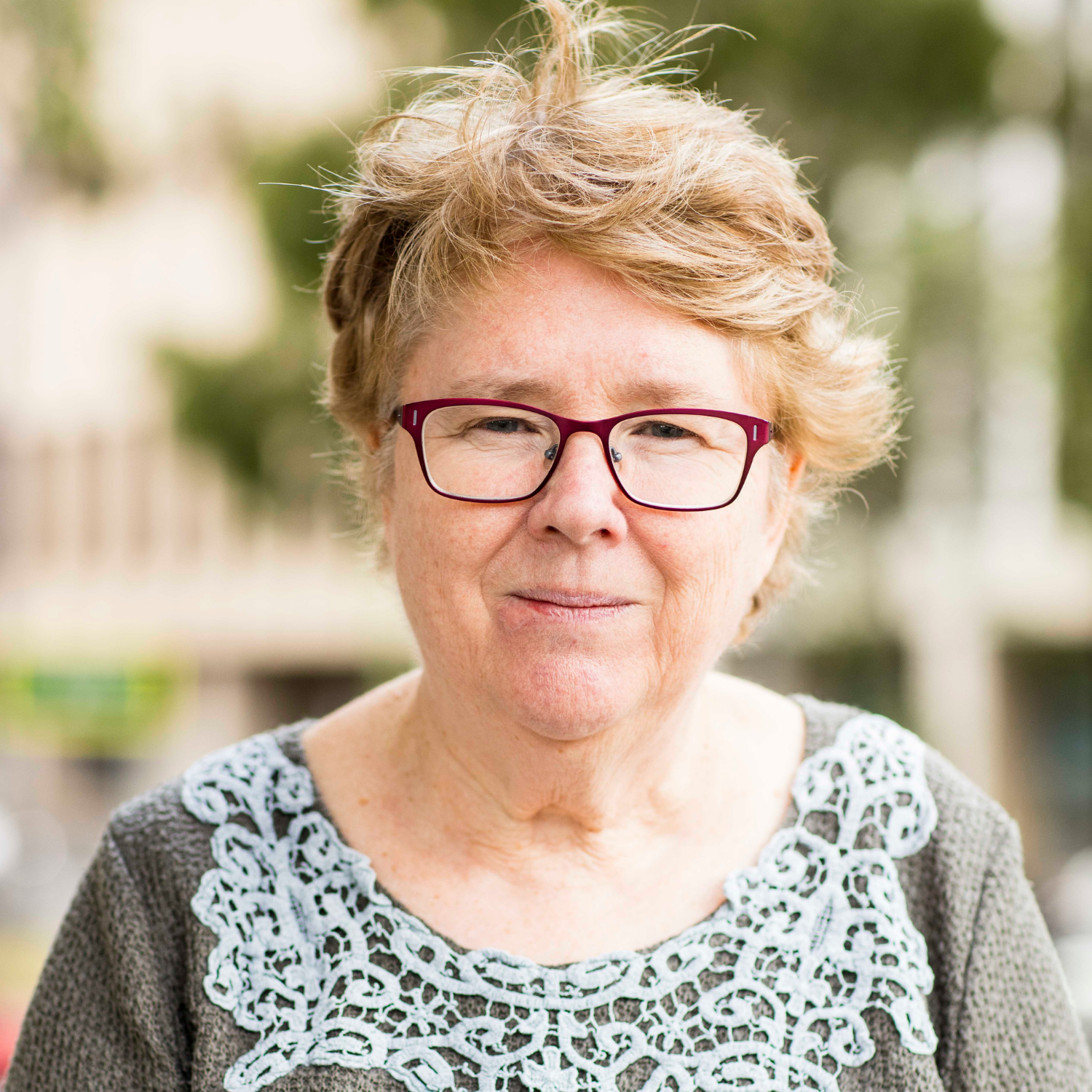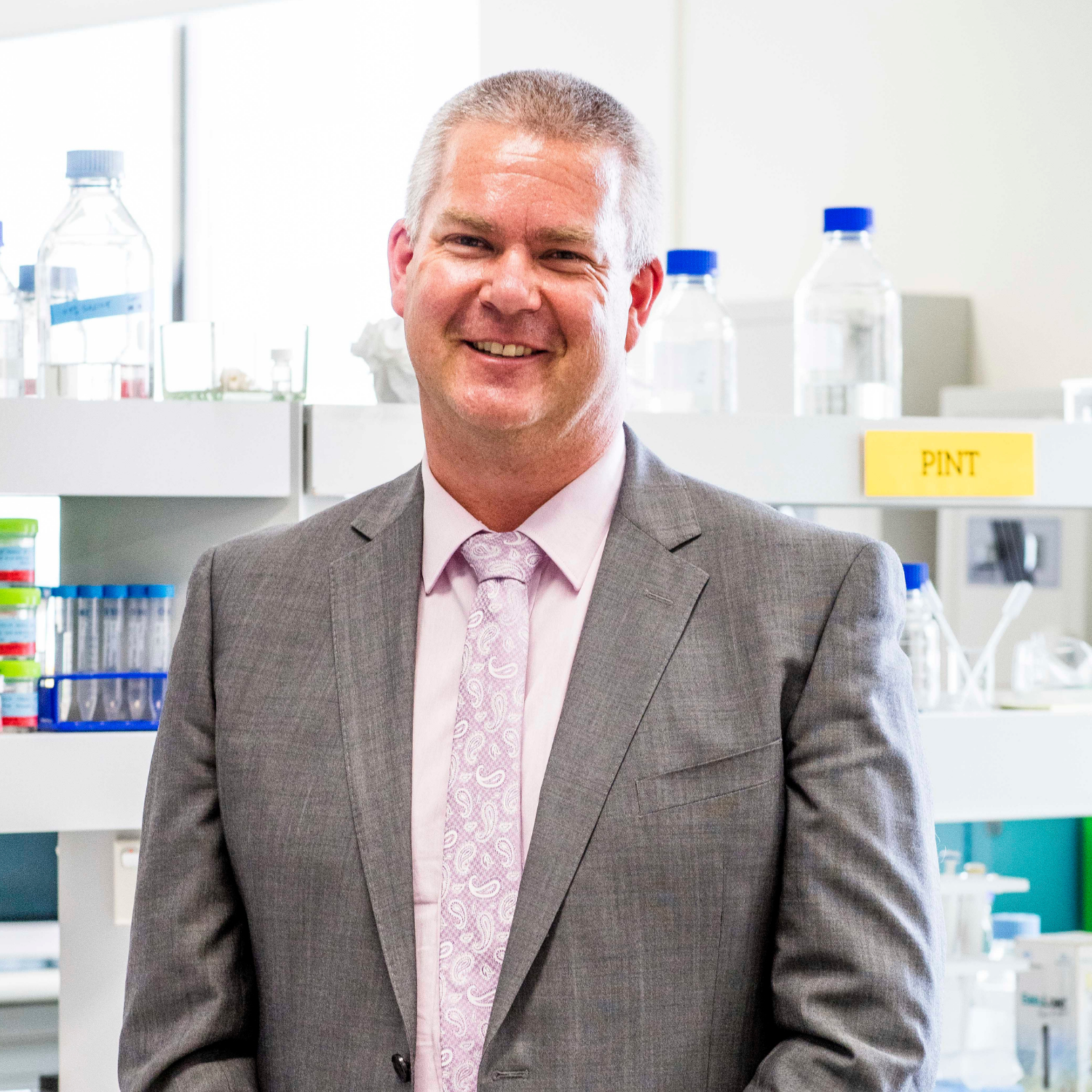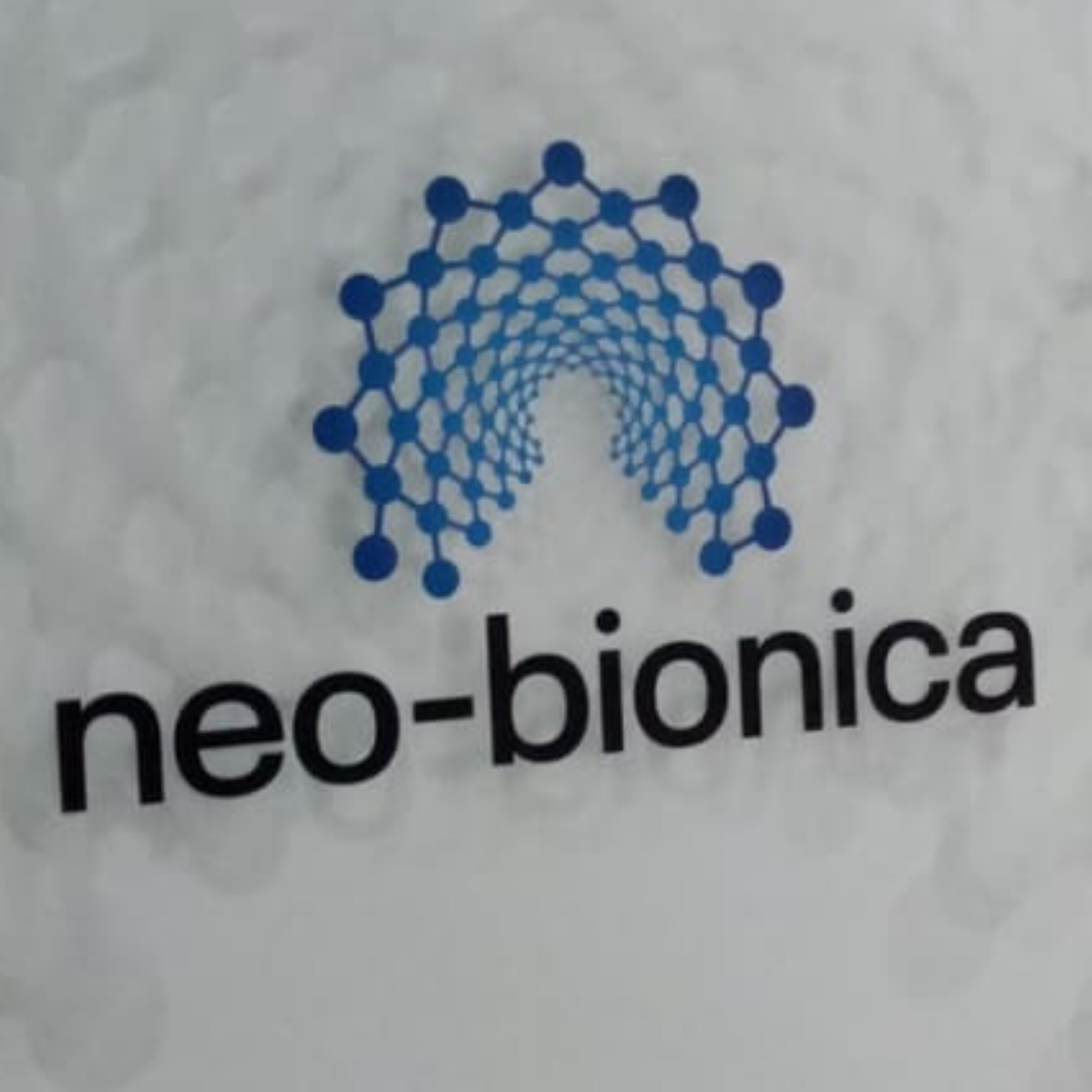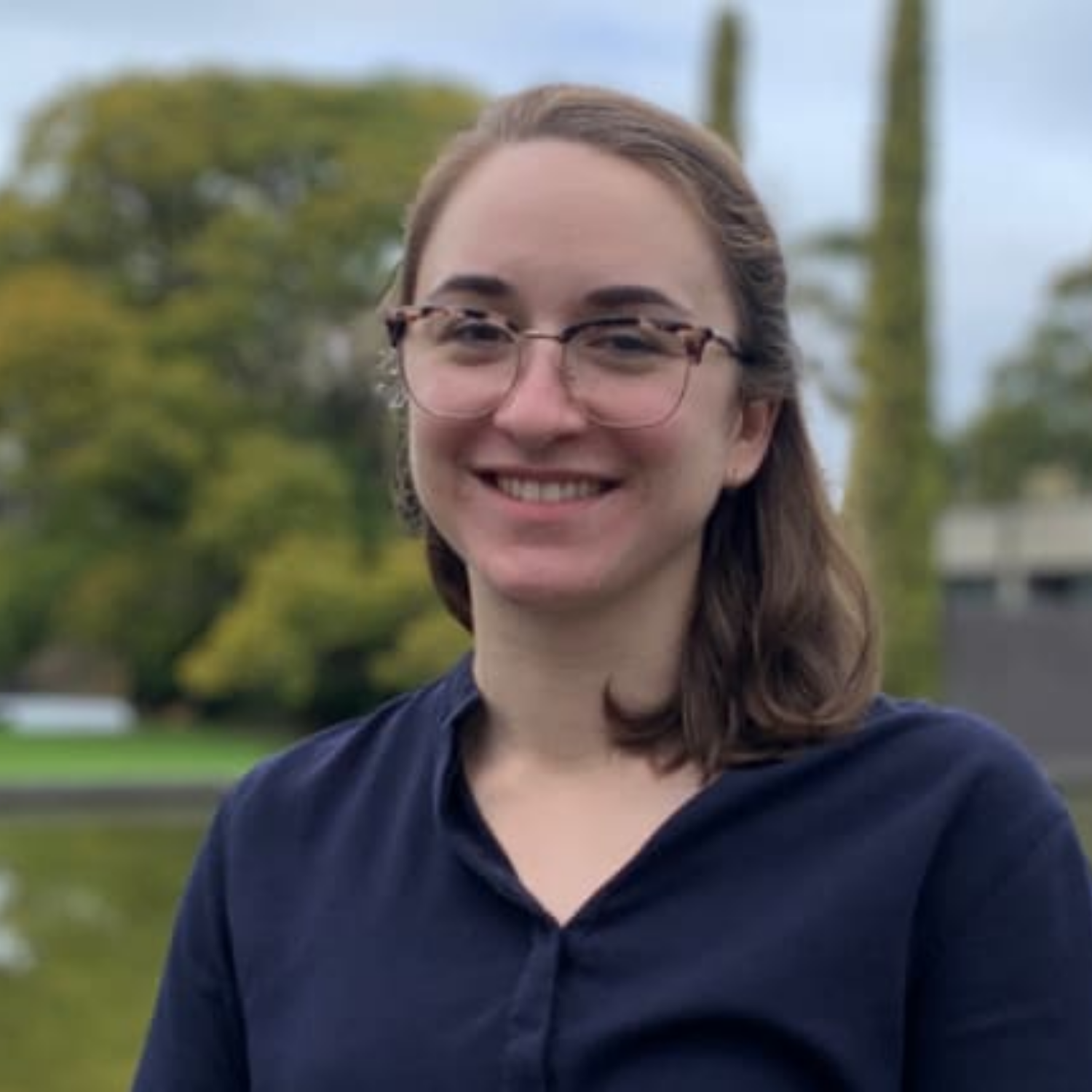Latest News
Congratulations to Bionics Institute researchers Associate Professor Rachael Richardson and Associate Professor Andrew Wise on being awarded multi-million dollar grants to support their research.
Shining a light on deep brain stimulation
A/Prof Rachael Richardson has received an AUD$1.15 million Ideas Grant from the National Health and Medical Research Council (NHMRC).
As the CIA (Chief Investigator), Rachael and the research team are exploring the potential for hybrid simulation (using both light and electricity) to be used to improve Deep Brain Stimulation (DBS) treatments for Parkinson’s disease.
Deep brain stimulation (DBS) is an established therapy for several neurological and psychiatric conditions. Bionics Institute researchers have been investigating an innovative approach to increase the precision of the therapy to reduce the risk of serious side effects. The research team recently discovered that hybrid stimulation (a combination of electric and optogenetic stimulation) improves the precision of neural activation – allowing targeted neurons to be stimulated.
With this grant, we will be undertaking pre-clinical investigations to determine if hybrid stimulation can safely and more effectively activate neurons in the brain known to be effective in treating Parkinson’s disease.
The original project lead, Dr Niki Gunewardene (now at CSL), will continue to provide input on the project as an external consultant.
Other team members include:
Investigators: Dr Thushara Perera, Dr San San Xu,
Associate Investigators: A/Prof Wesley Thevathasan (Bionics Institute), Prof James Fallon (Bionics Institute), Prof Arnan Mitchell (RMIT University).
Learn more about our optogenetics research here.
Developing neurotrophin therapy for clinical translation
Associate Professor Andrew Wise has been awarded an AUD$1.67m grant from the U.S. Department of Defense to progress our hearing therapeutics research closer to clinical trials.
A/Professor Wise and his team are developing a world-first treatment for hearing impairment using nanotechnology to deliver a particular drug (called growth factors) to the inner ear.
While there’s no currently available treatment to restore hearing function we (and others) have shown that certain types of growth factors can protect the delicate nerve cells in the inner ear and repair their connections with the sensory hair cells.
However, it’s difficult to deliver these growth factors into the inner ear where they’re needed, as the drug break down quickly in the body.
The Bionics Institute and our collaborators at the University of Melbourne are using nanotechnology to overcome these delivery challenges.
In preclinical trials, we have discovered that loading the growth factors into tiny ‘delivery particles’ called supraparticles enabled delivery of the growth factors into the inner ear. This gives the growth factors the best chance of having a therapeutic effect – repairing the damage to the connections between the auditory nerve fibres and hair cells.
This funding will enable us to progress the technology towards a first in human clinical trial, which aims to improve hearing function in those who have noise induced and age-related hearing loss.
Other team members include:
Co-Investigators: Professor James Fallon (Bionics Institute), Dr Yingjie Hu (Bionics Institute), and Hugo Peris (Spiral Therapeutics)
Read more about our hearing therapeutics project here.
